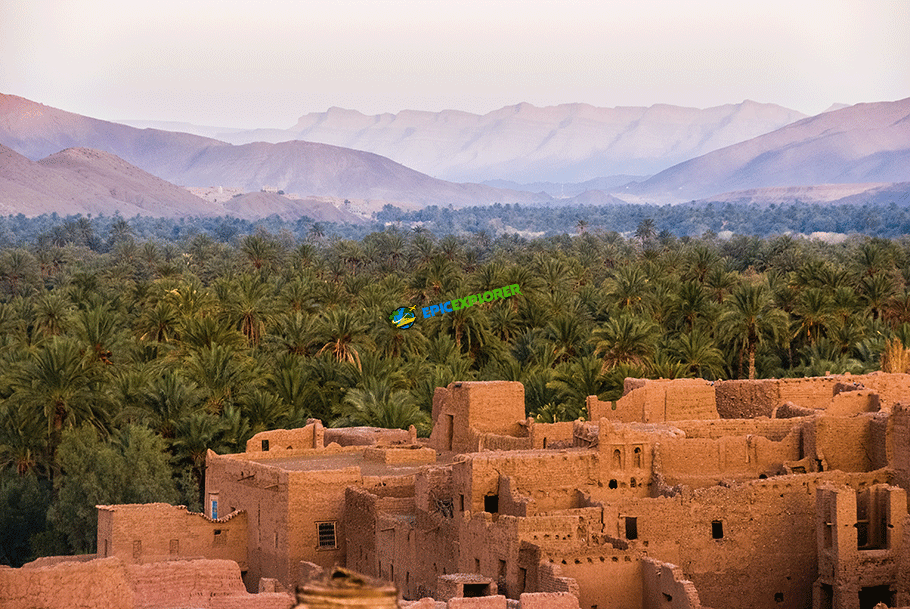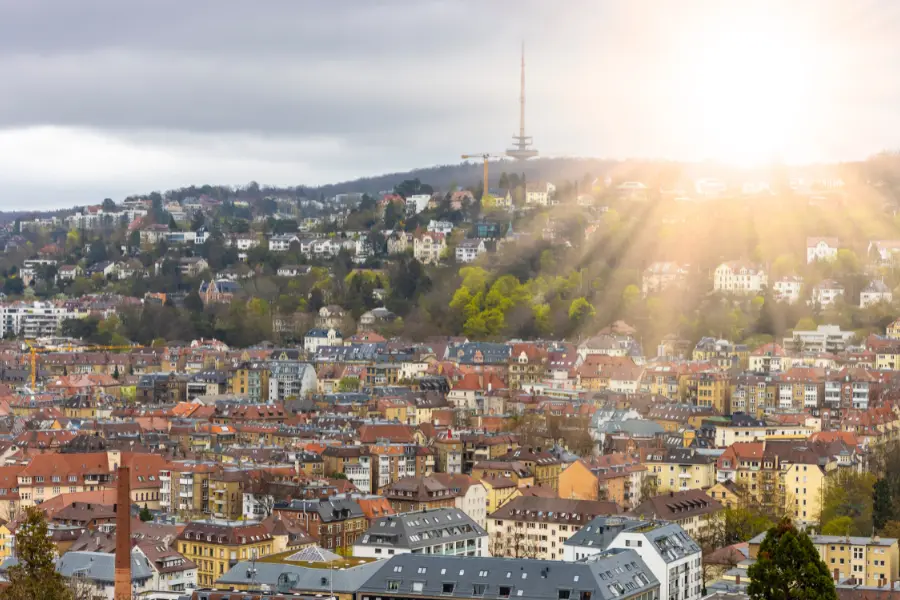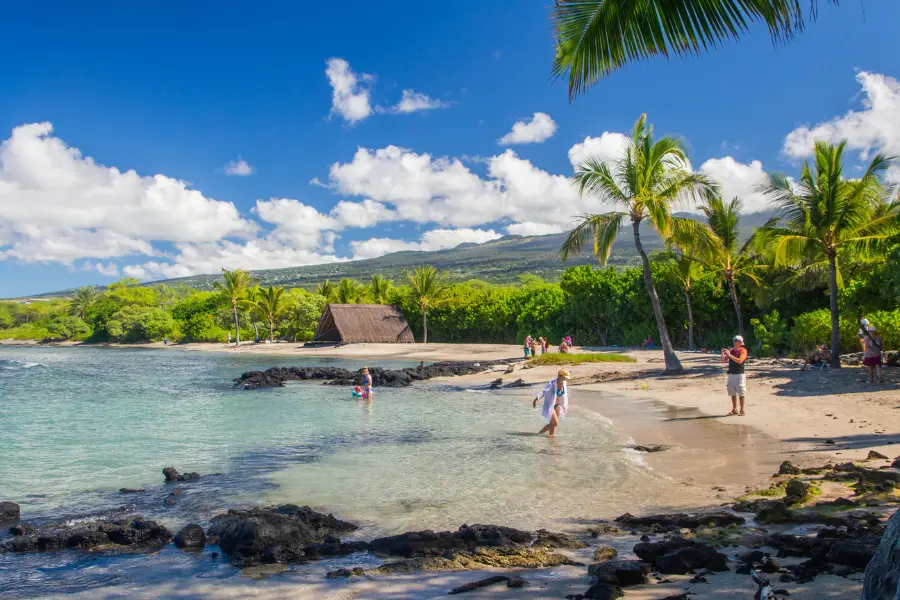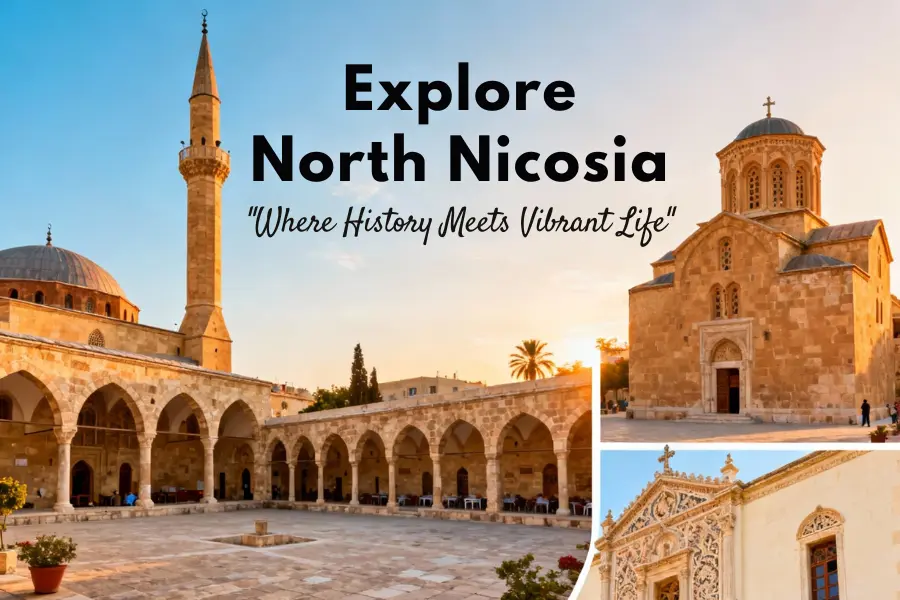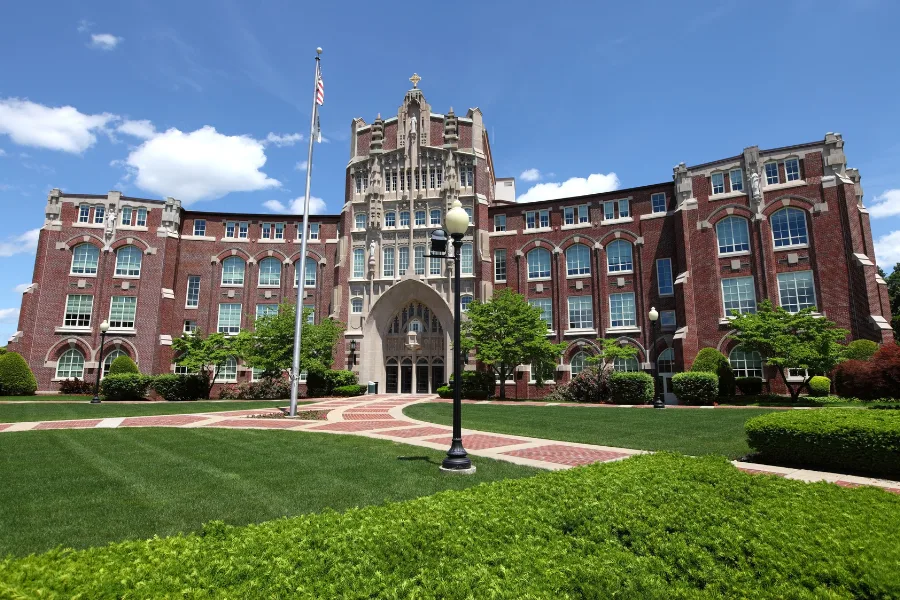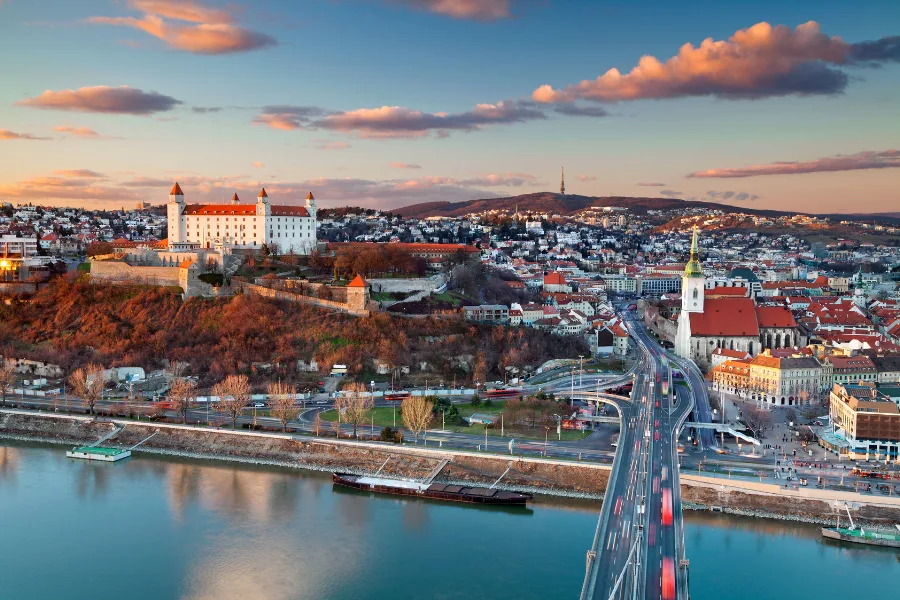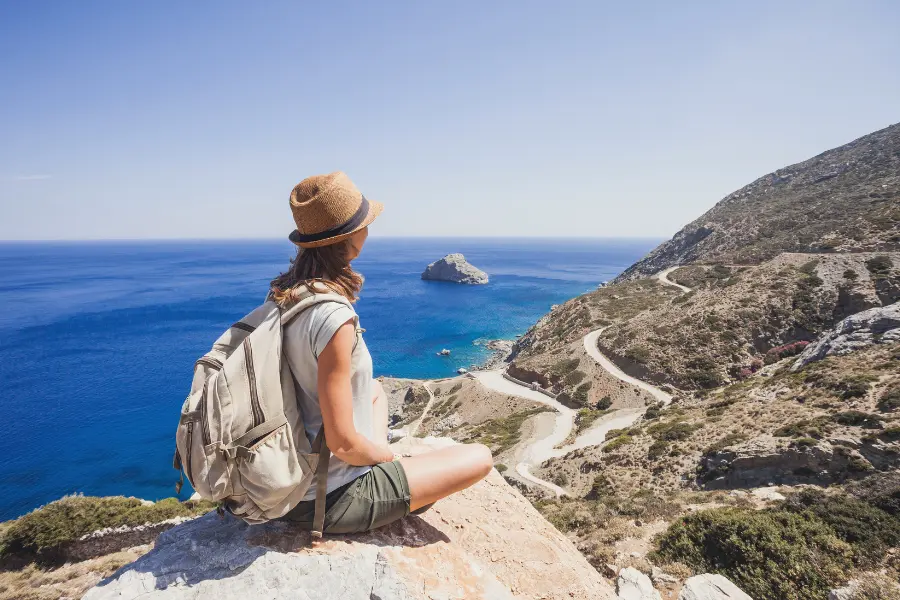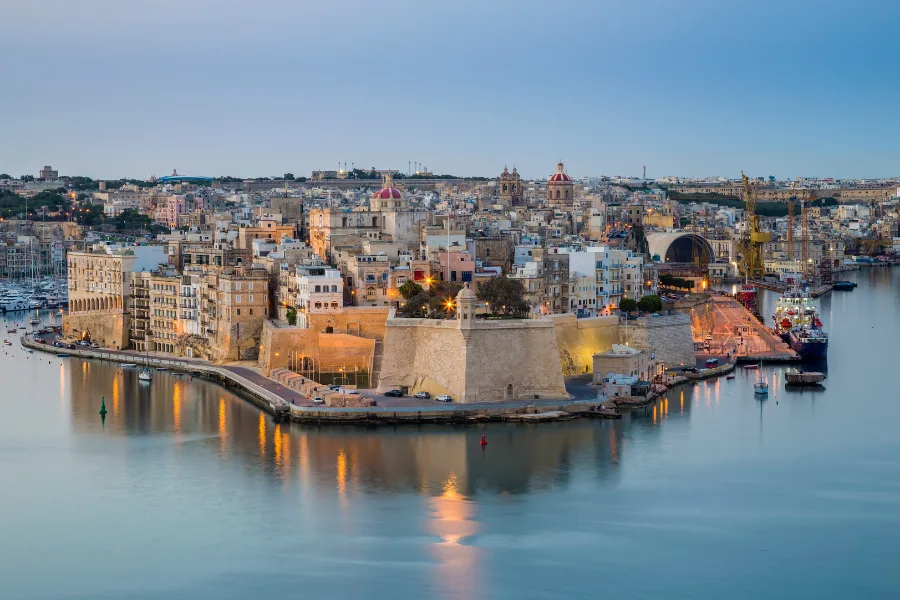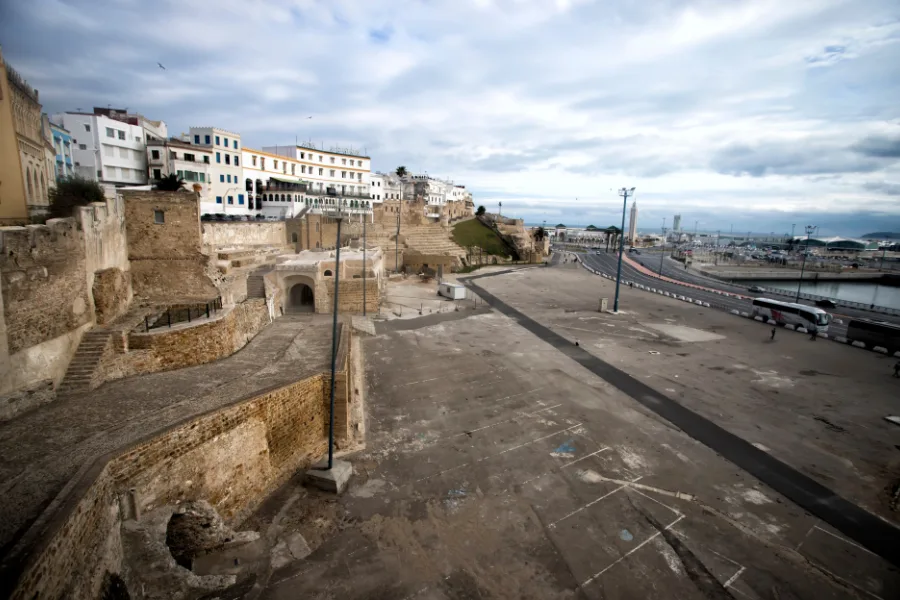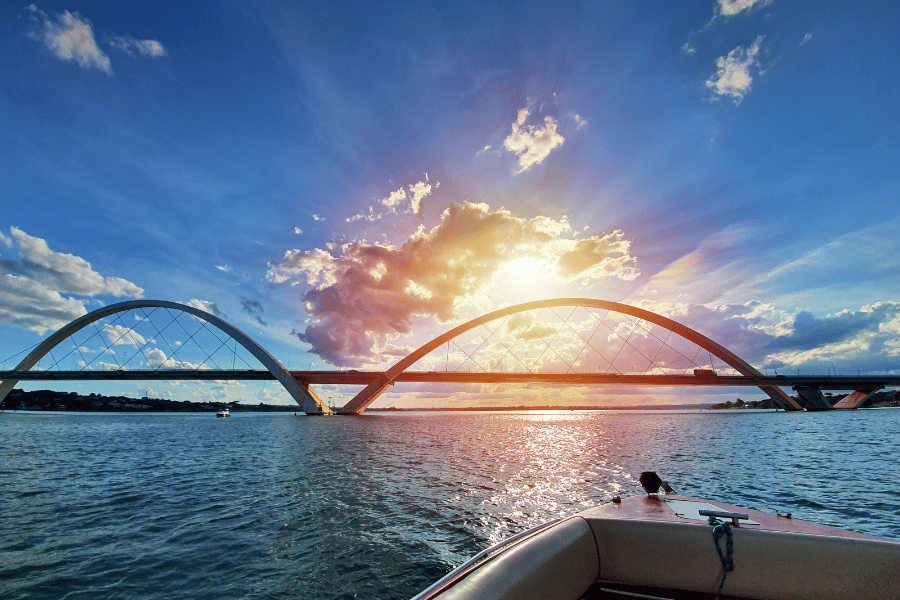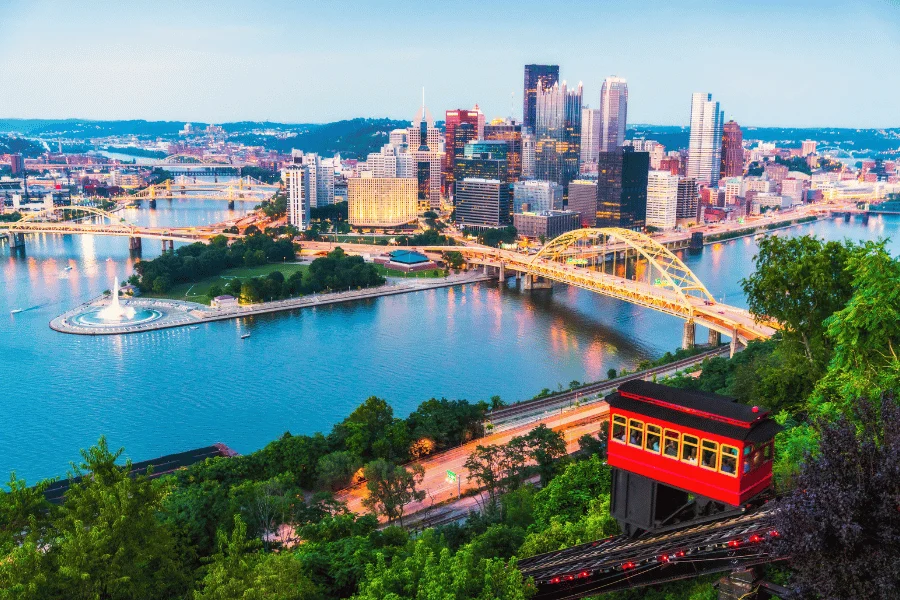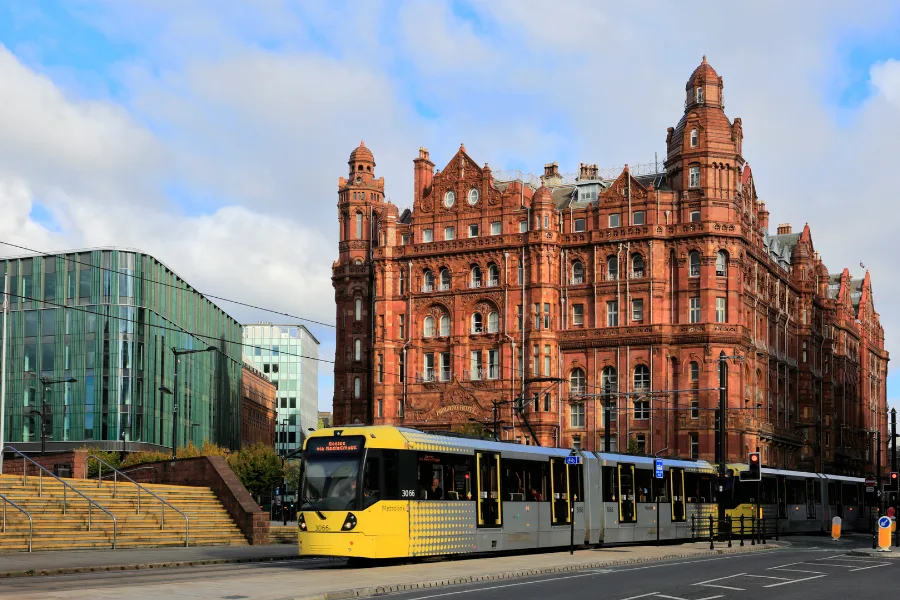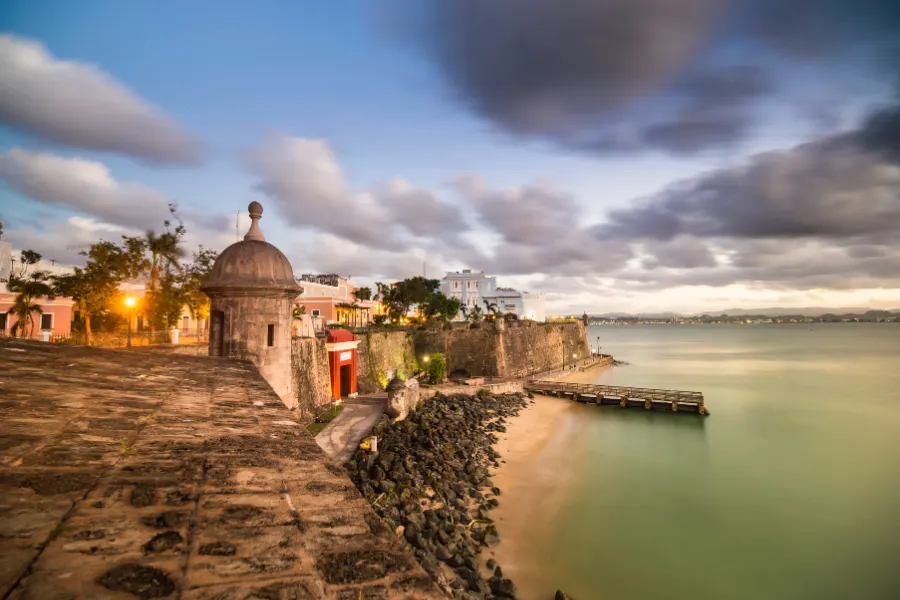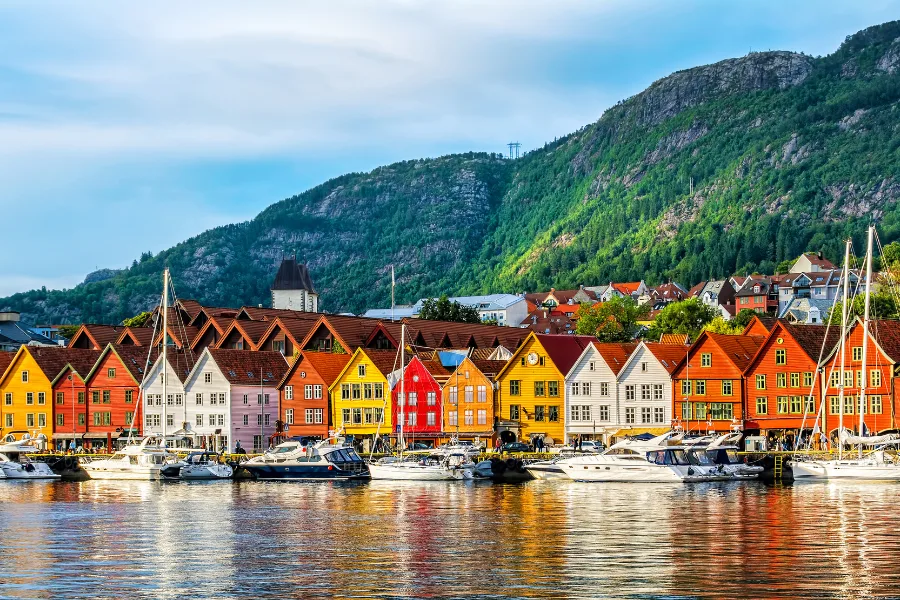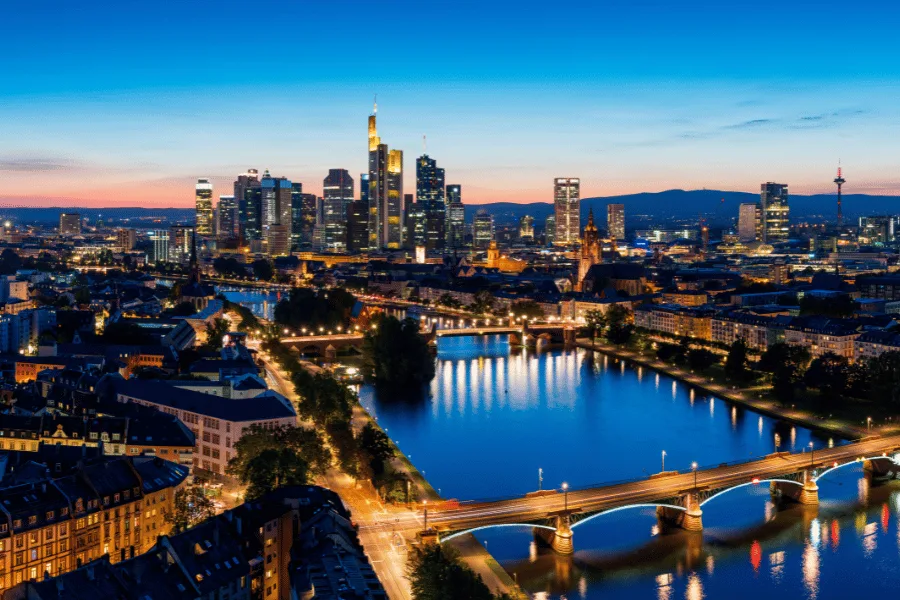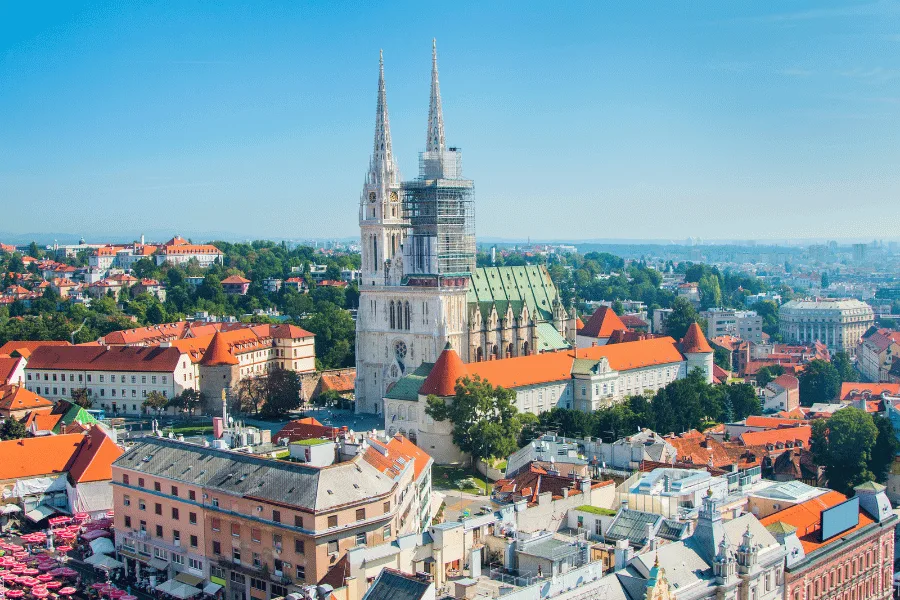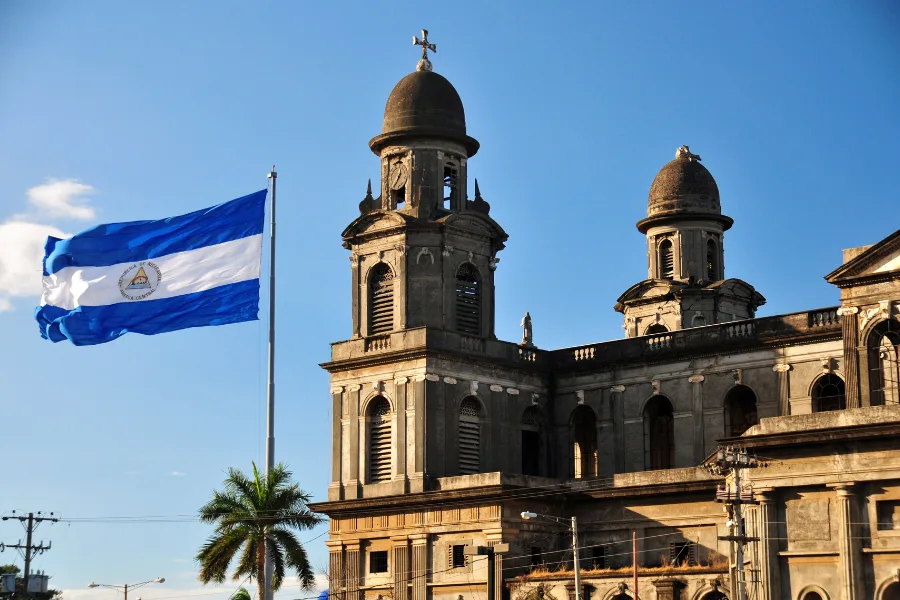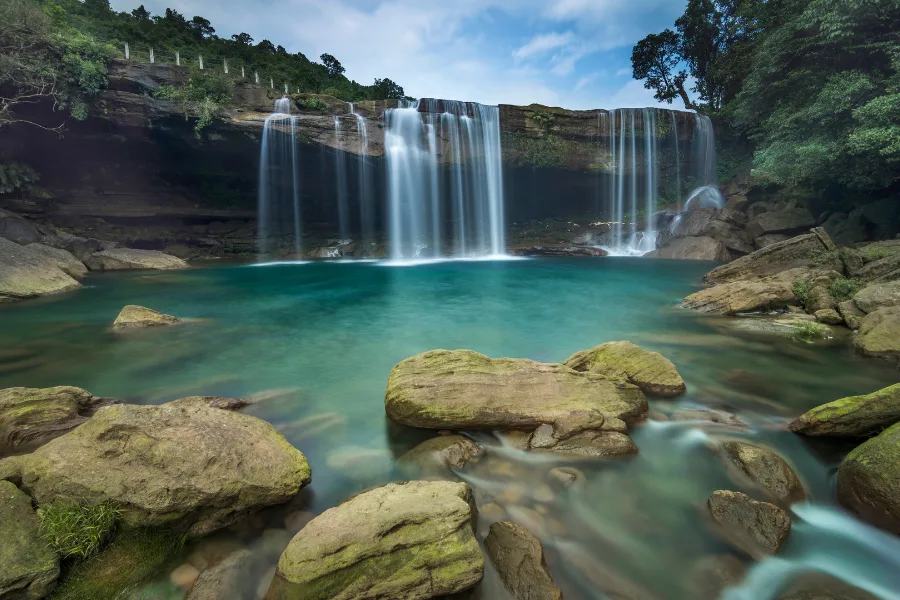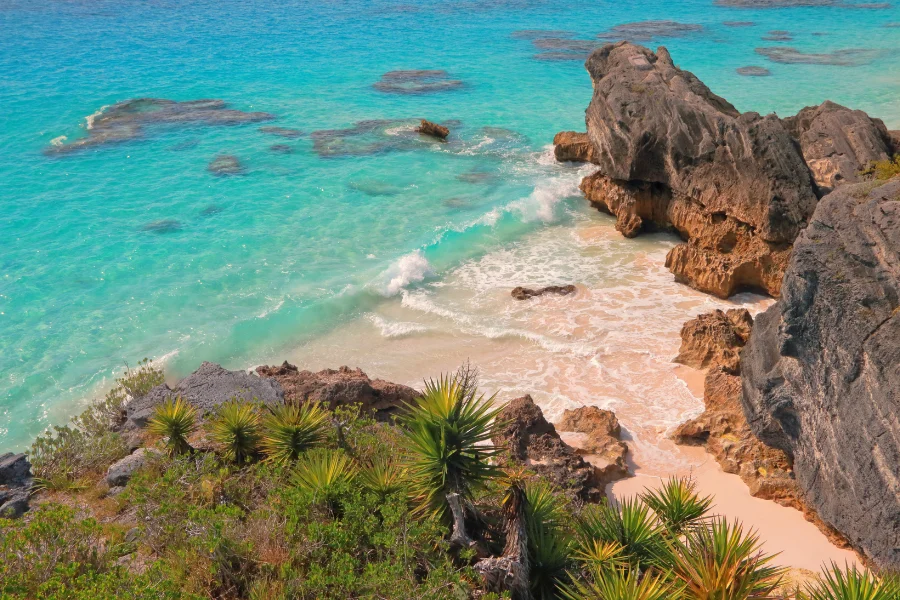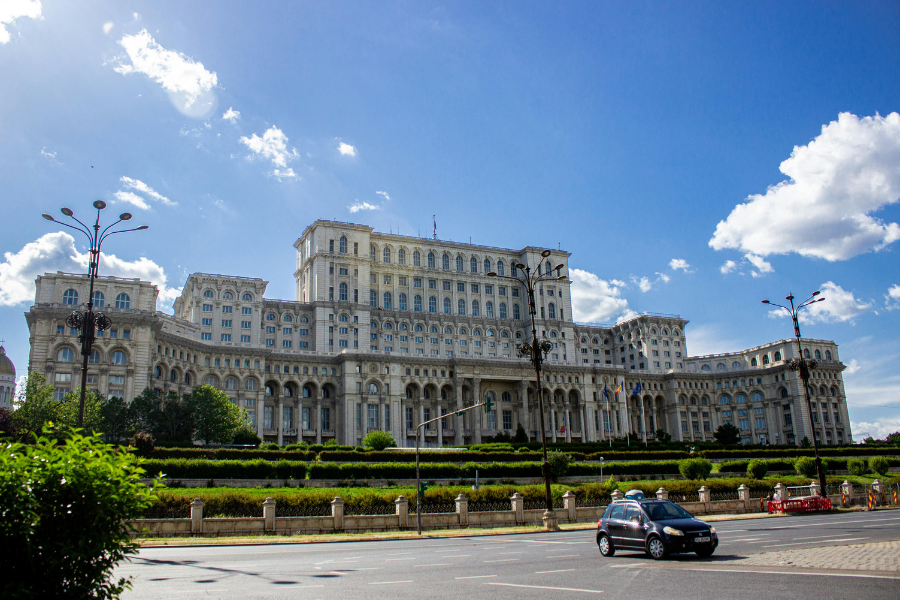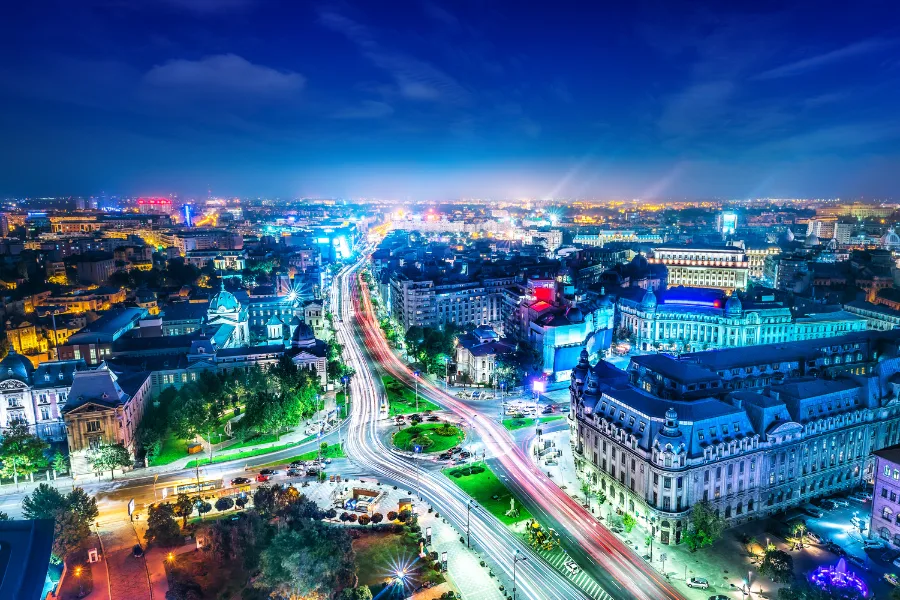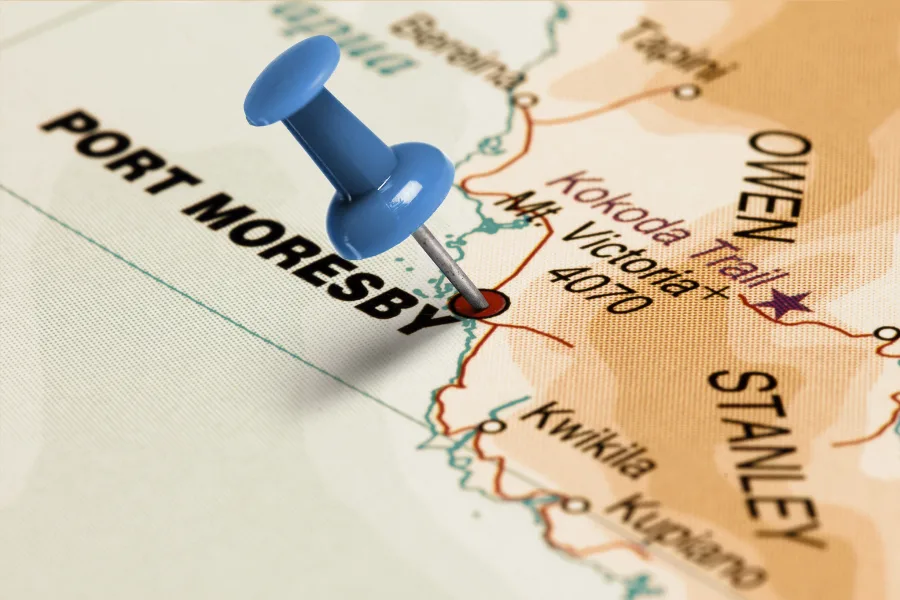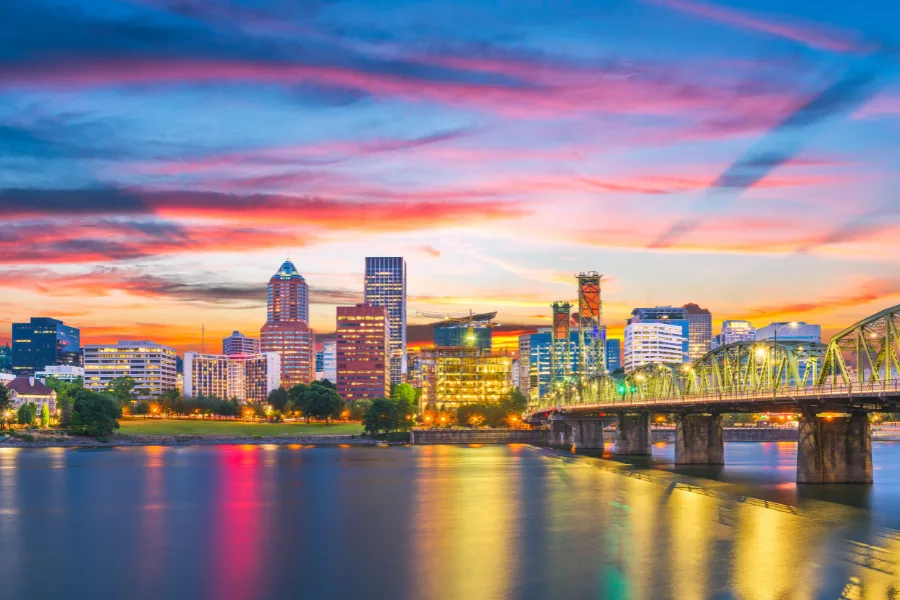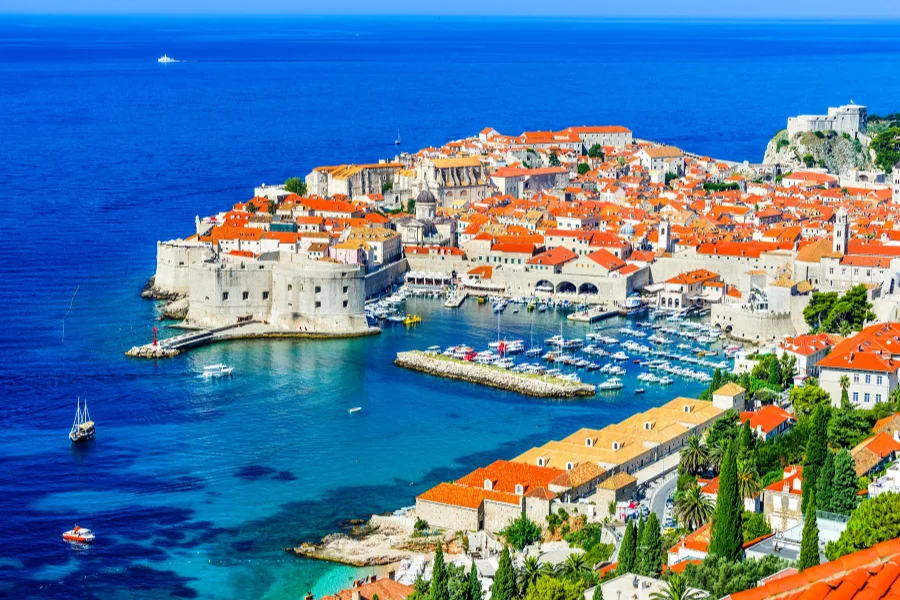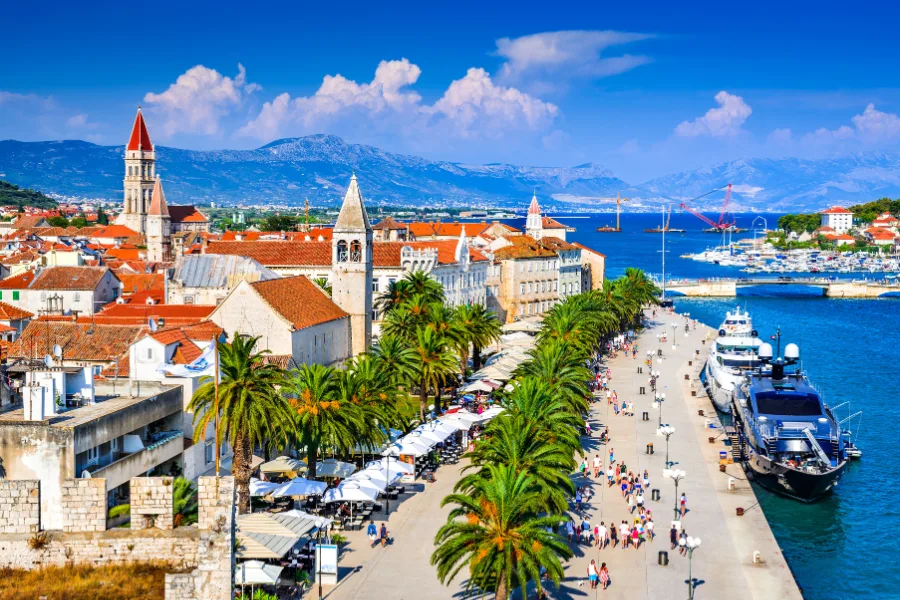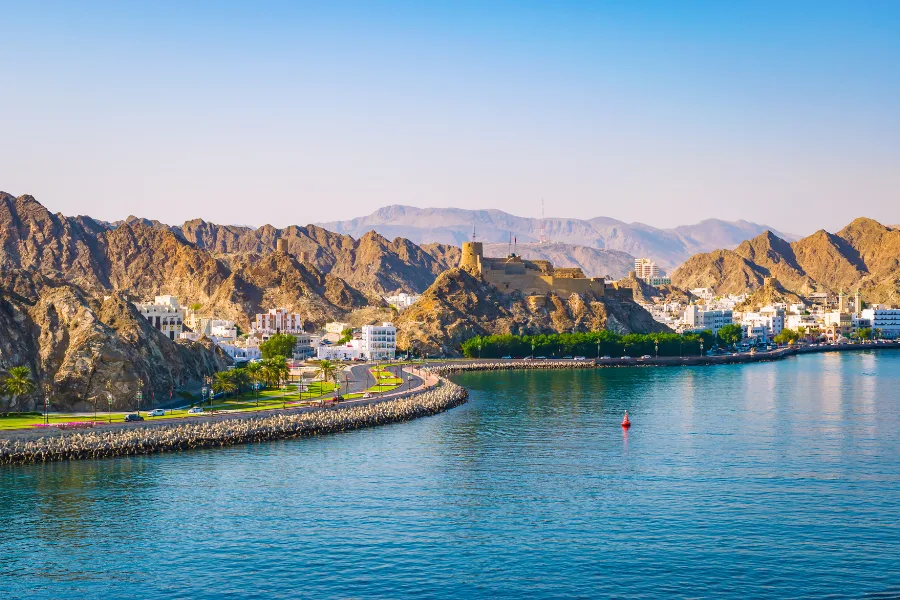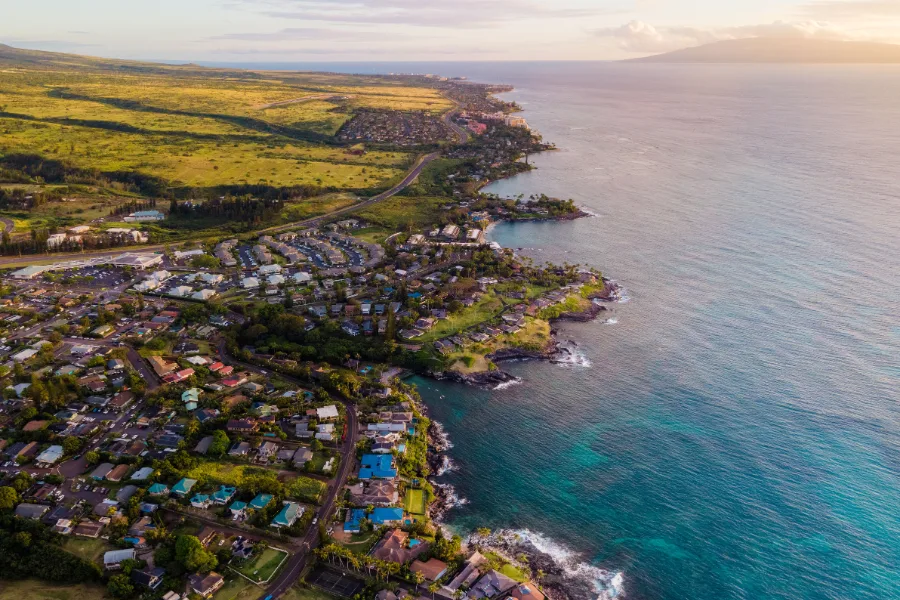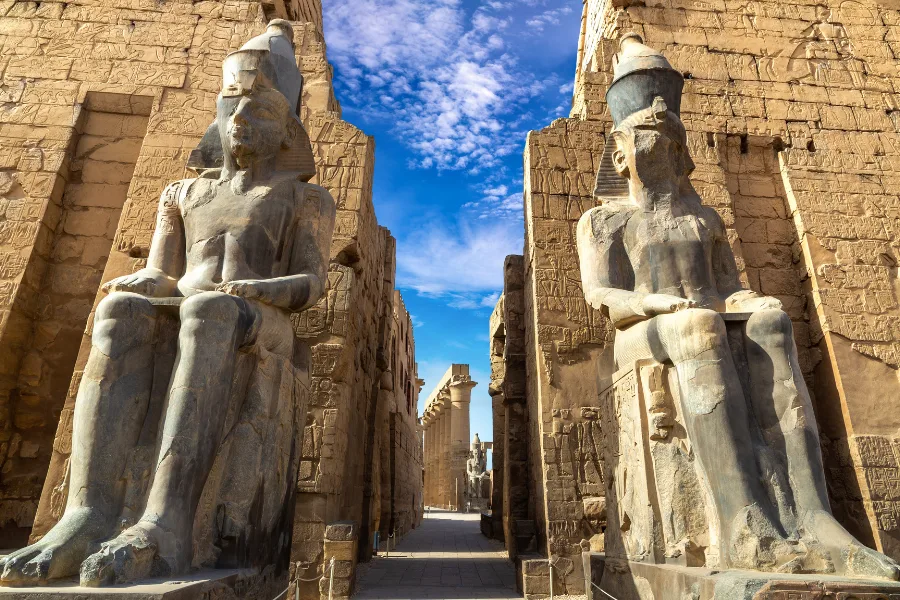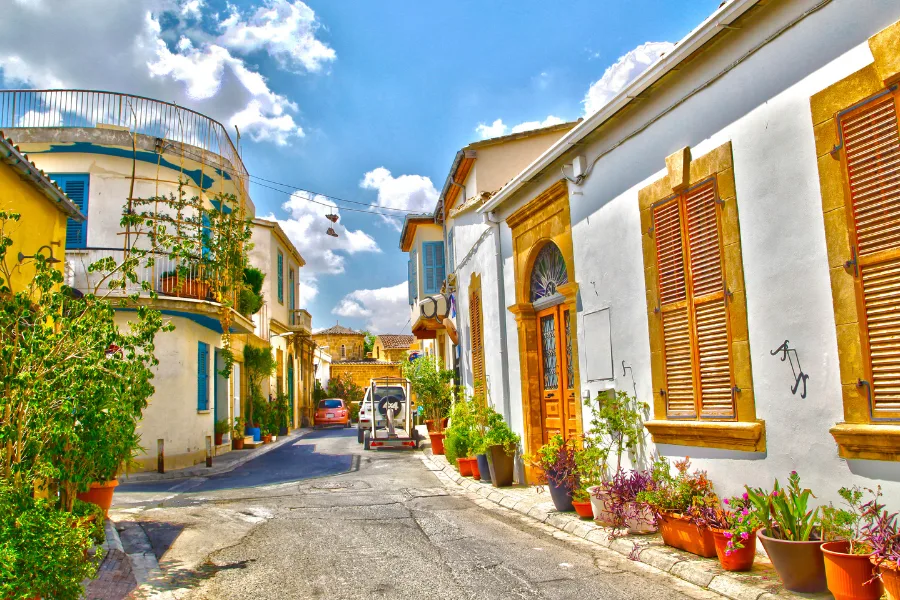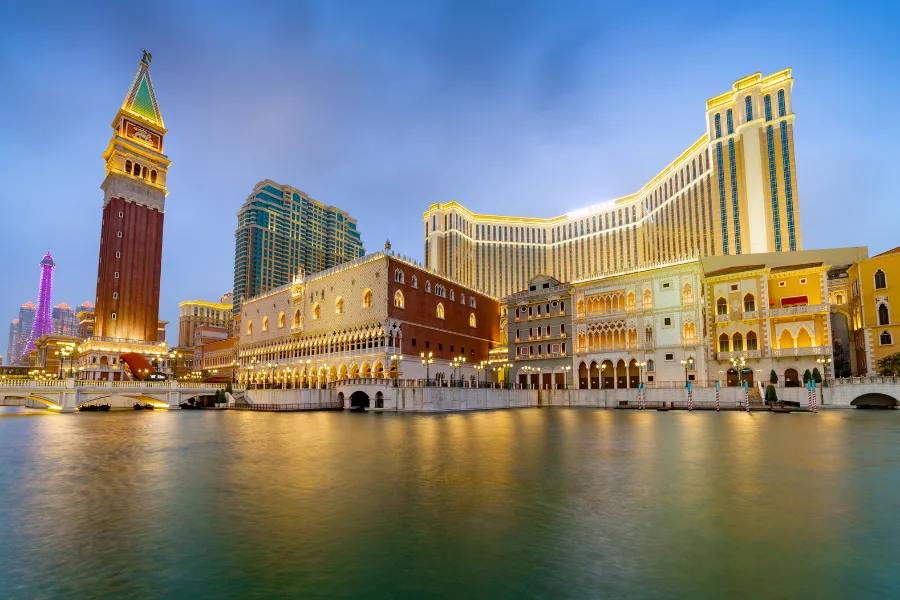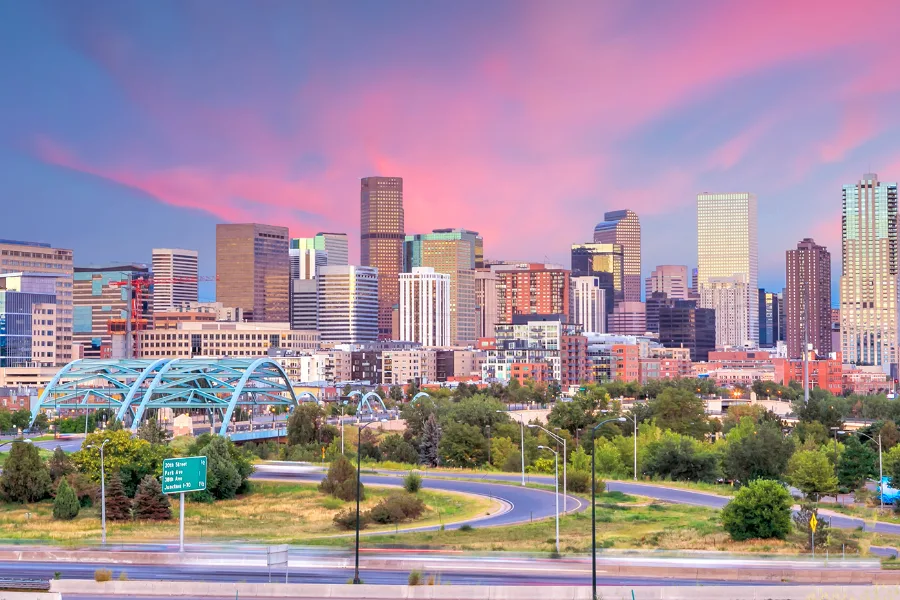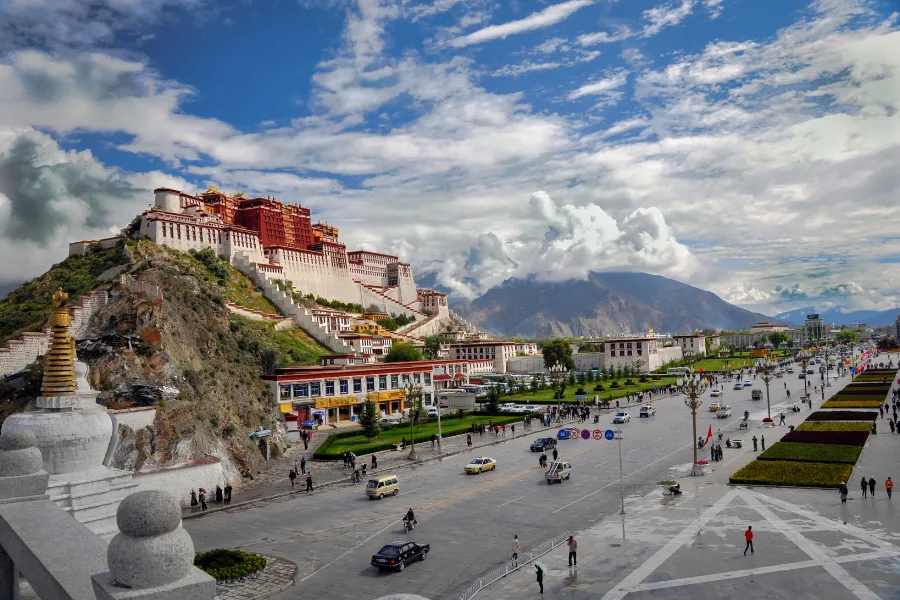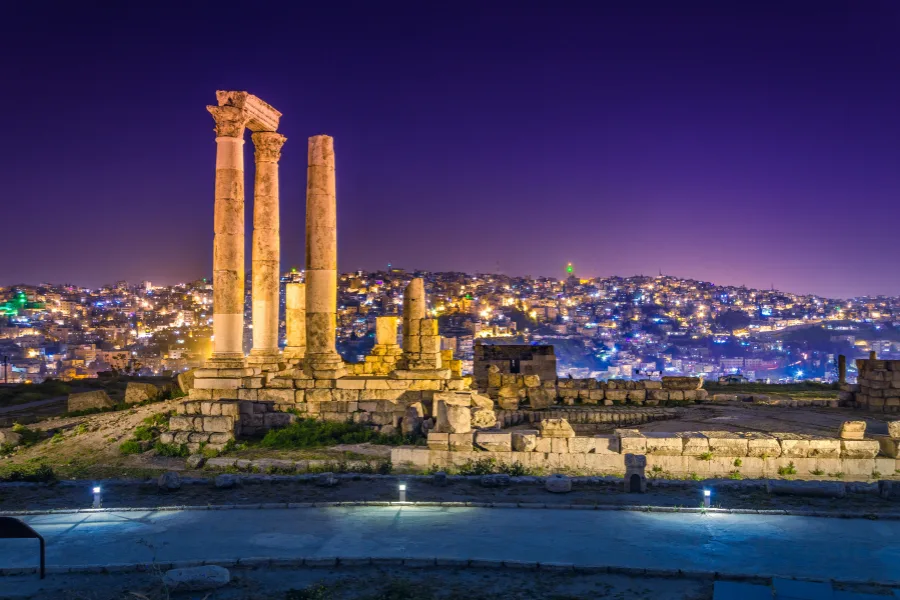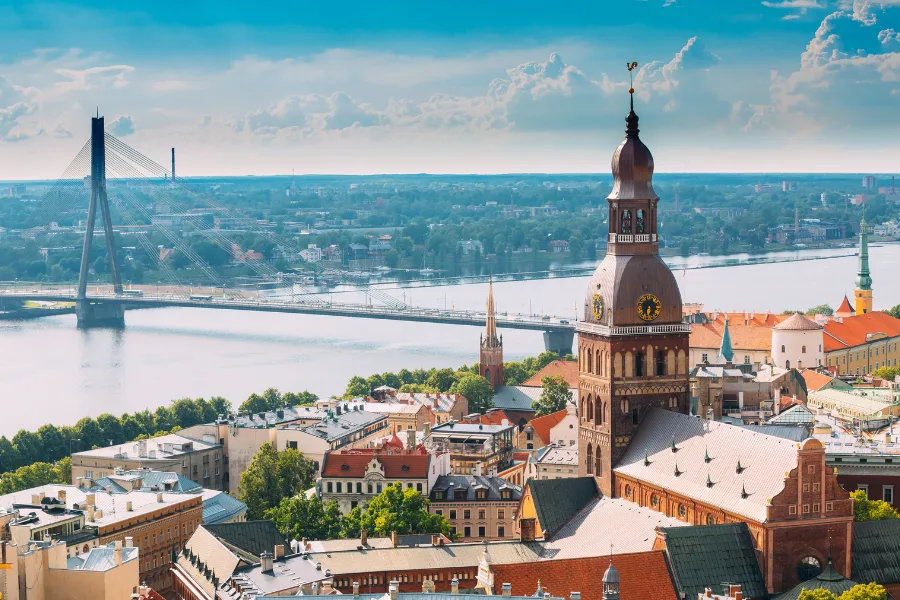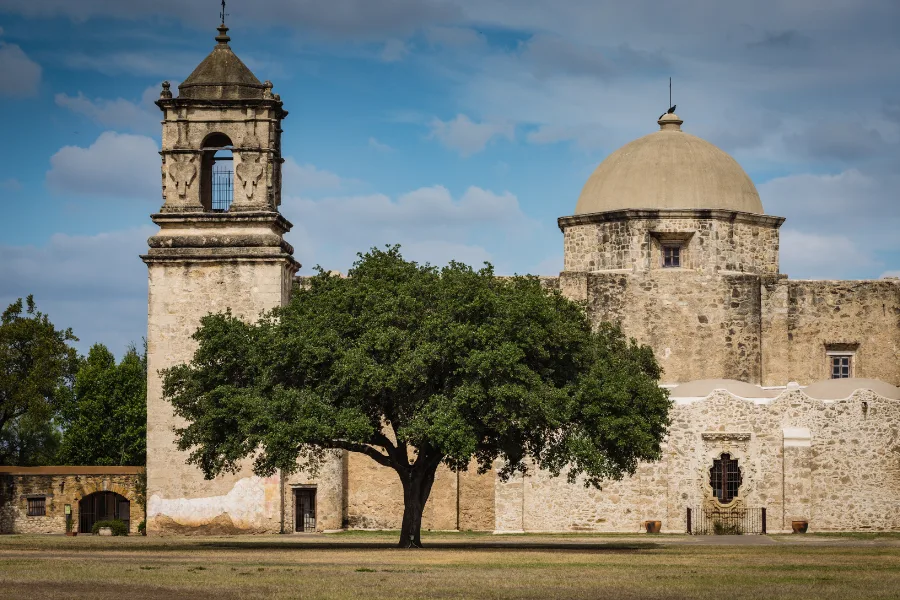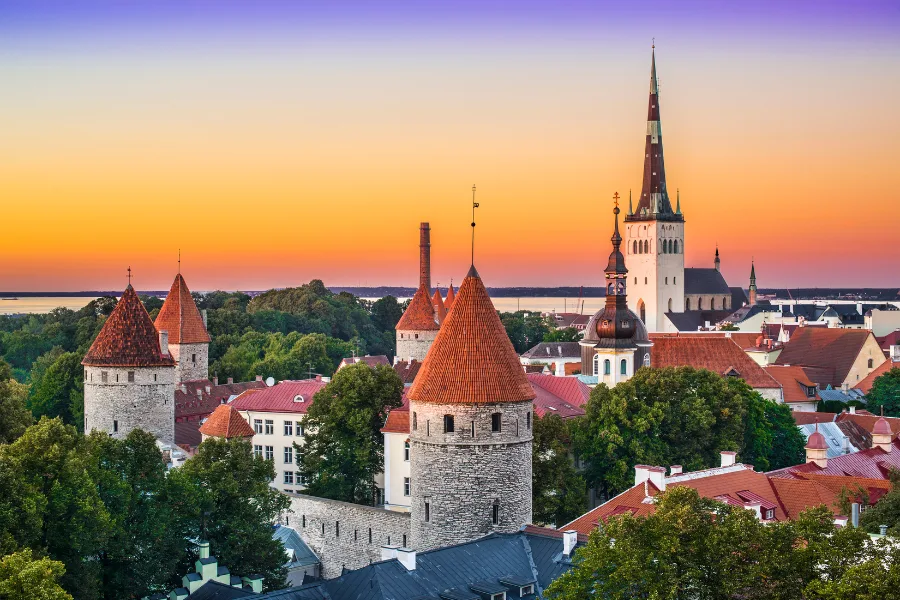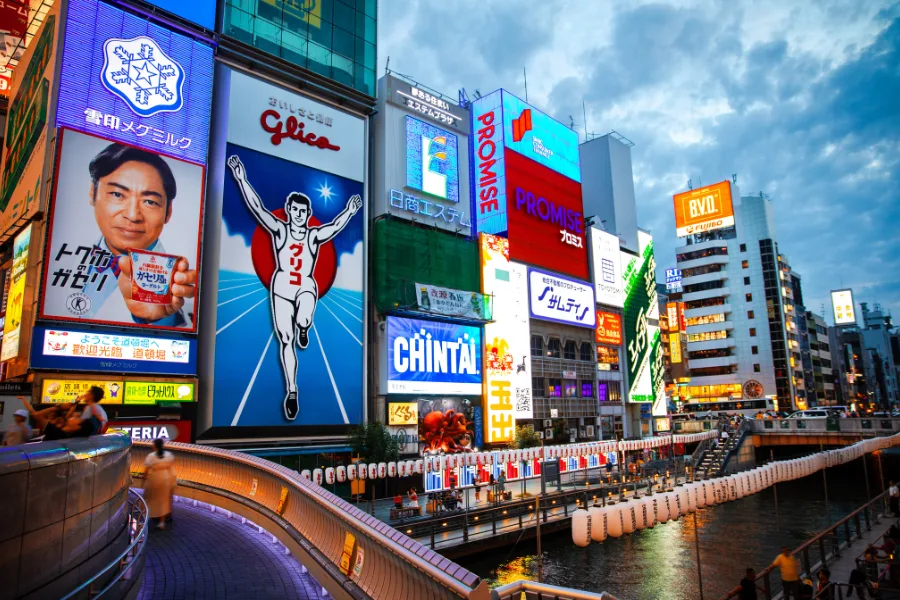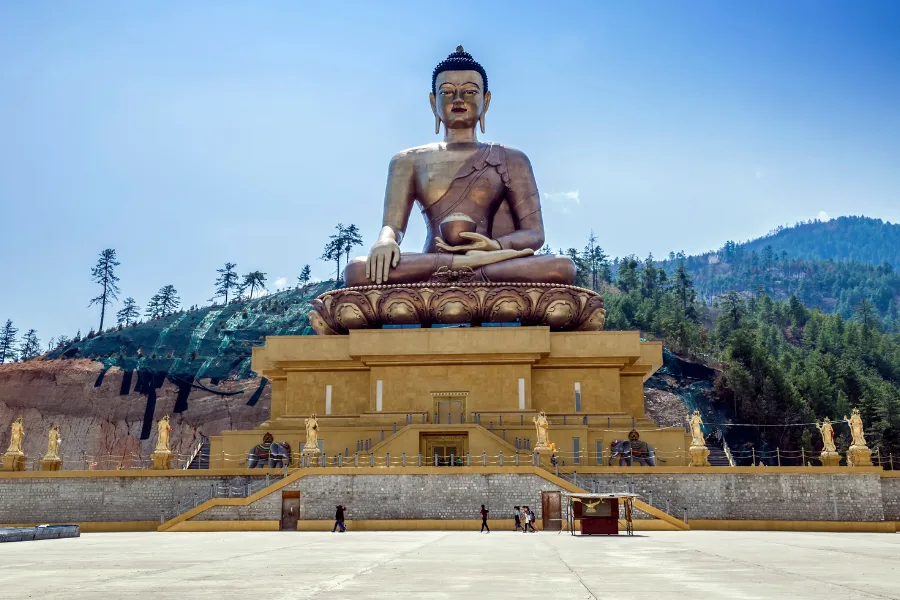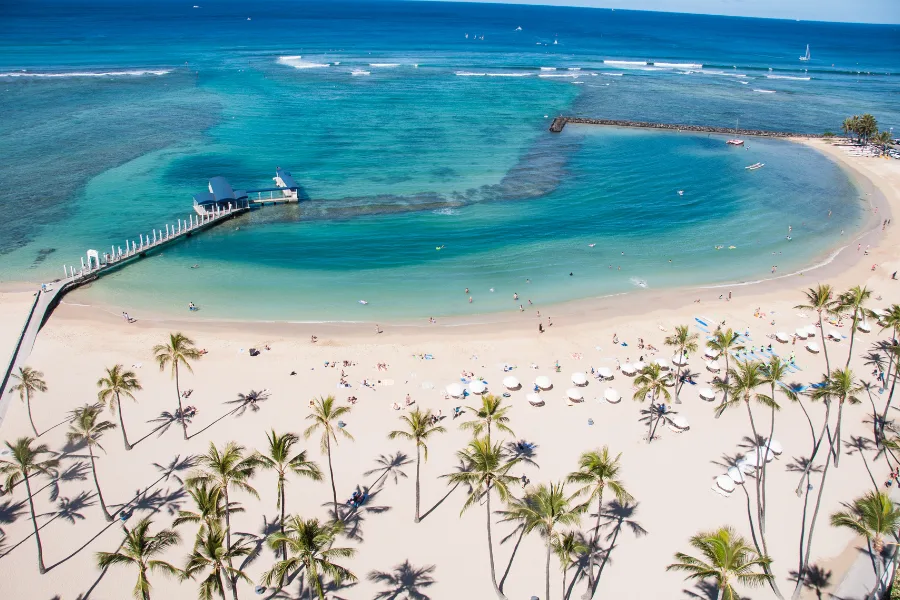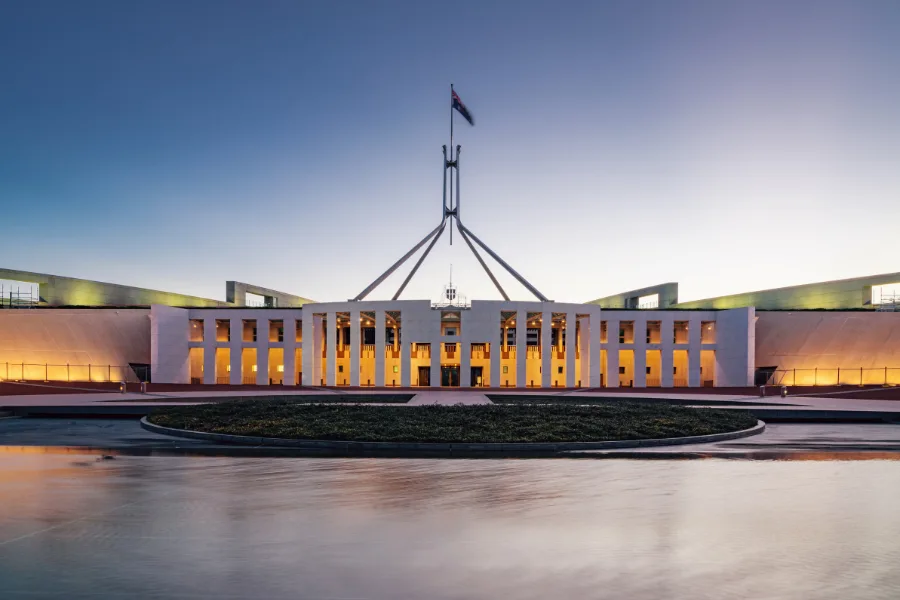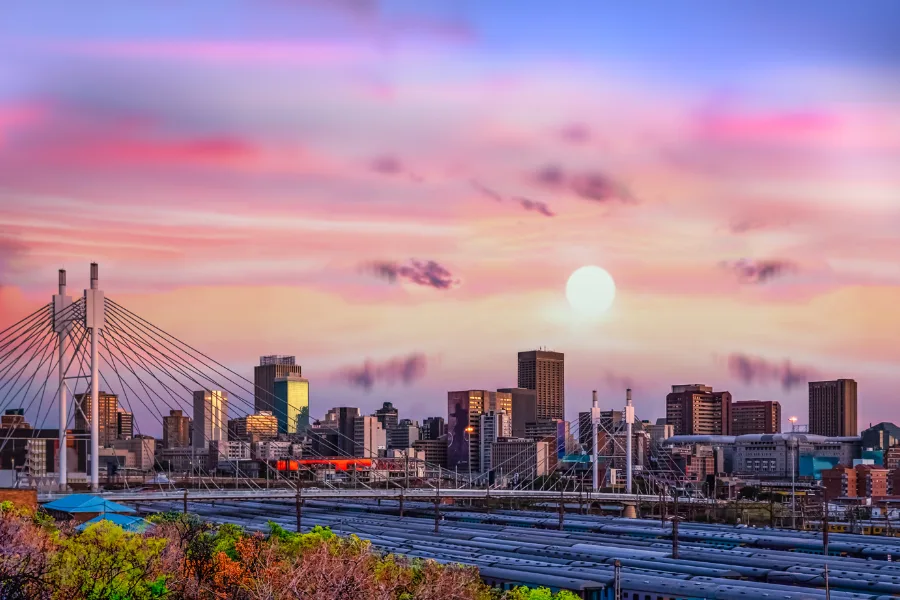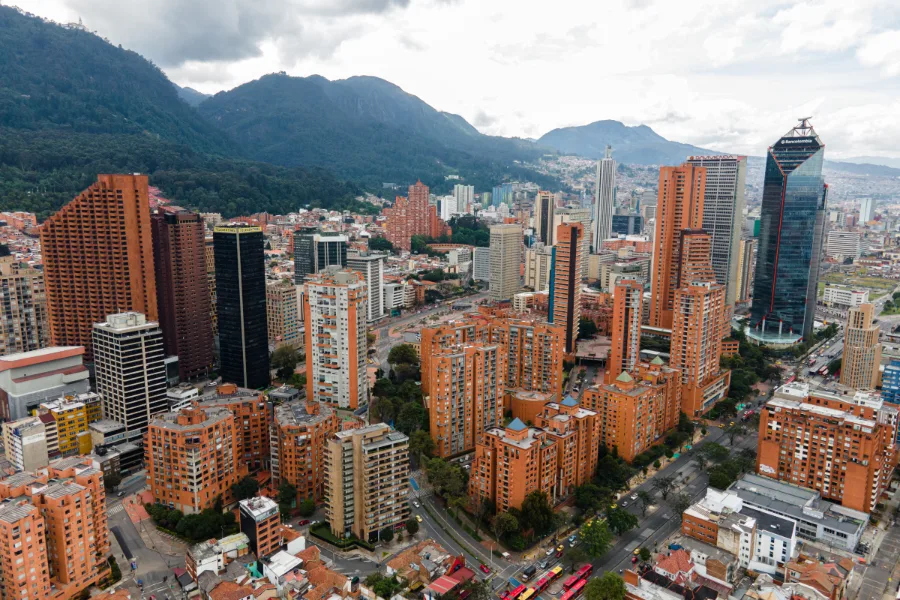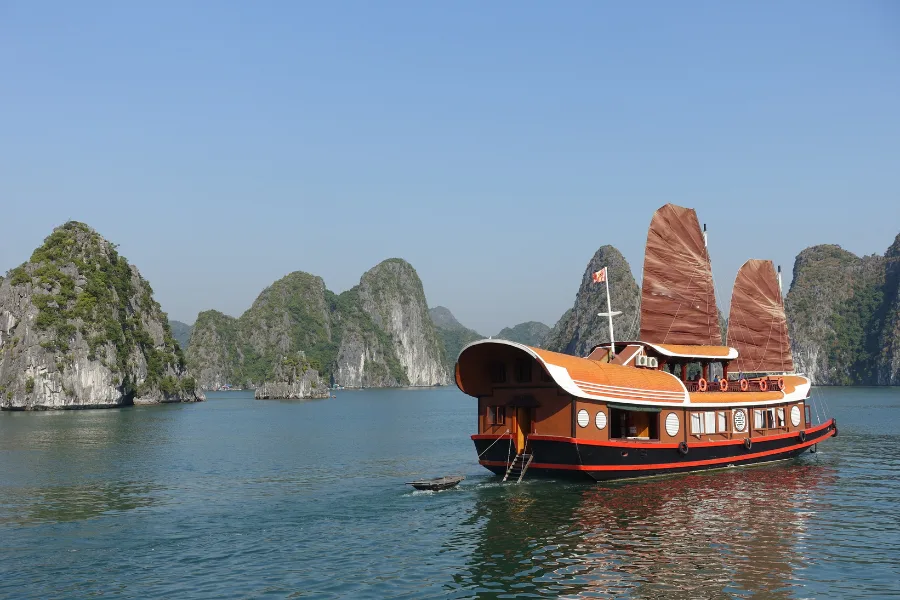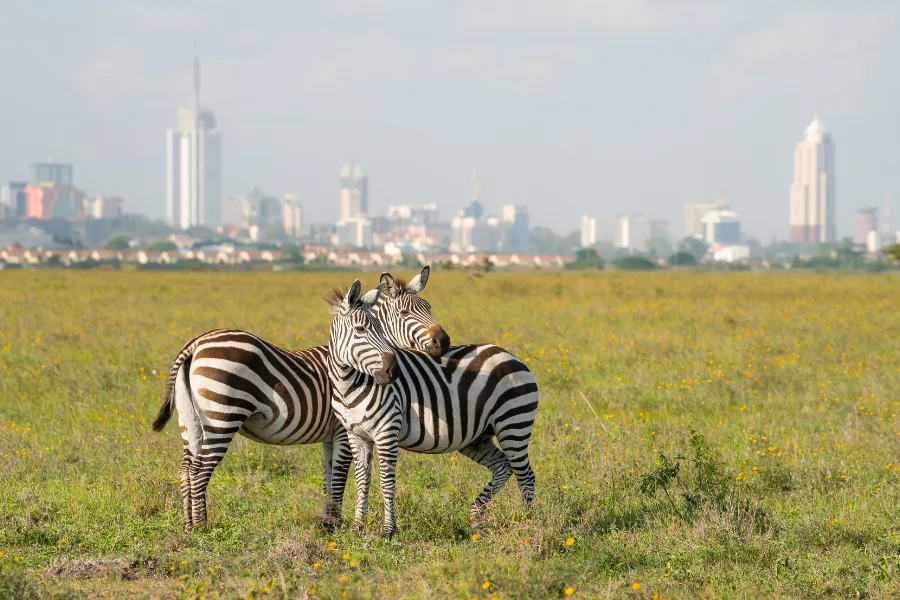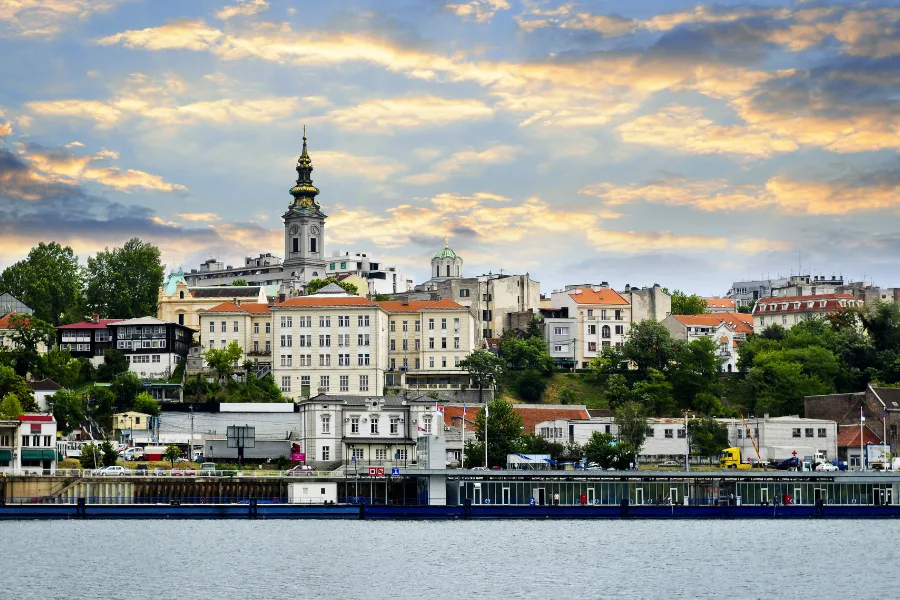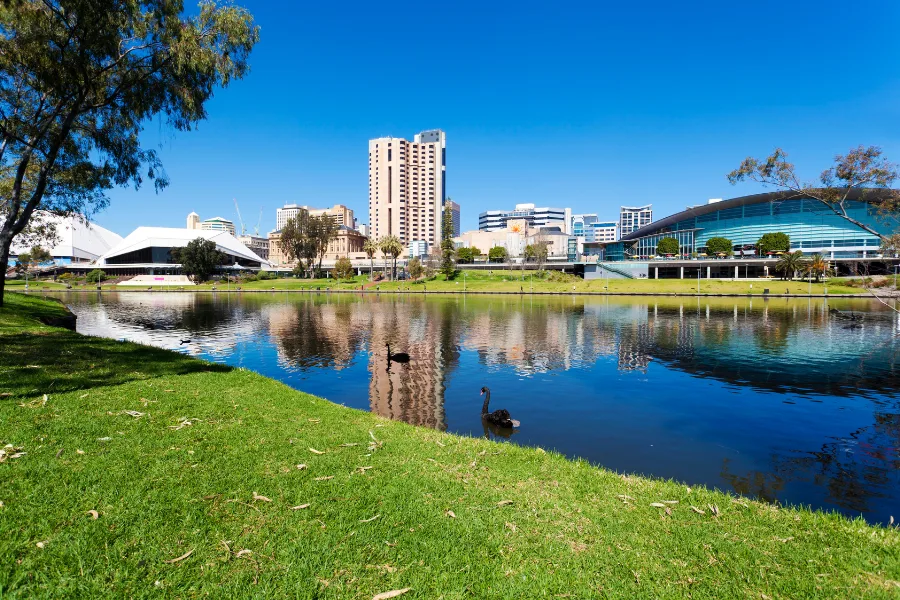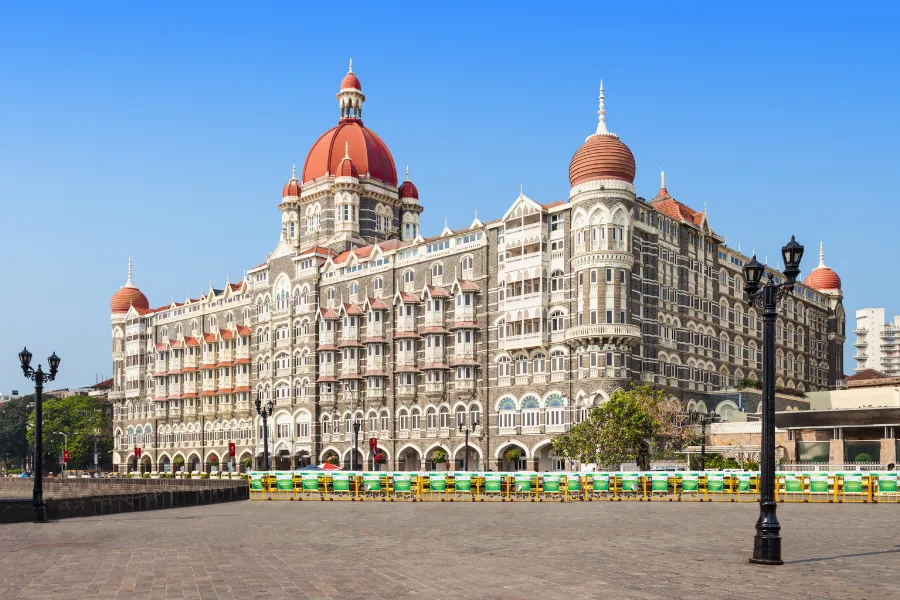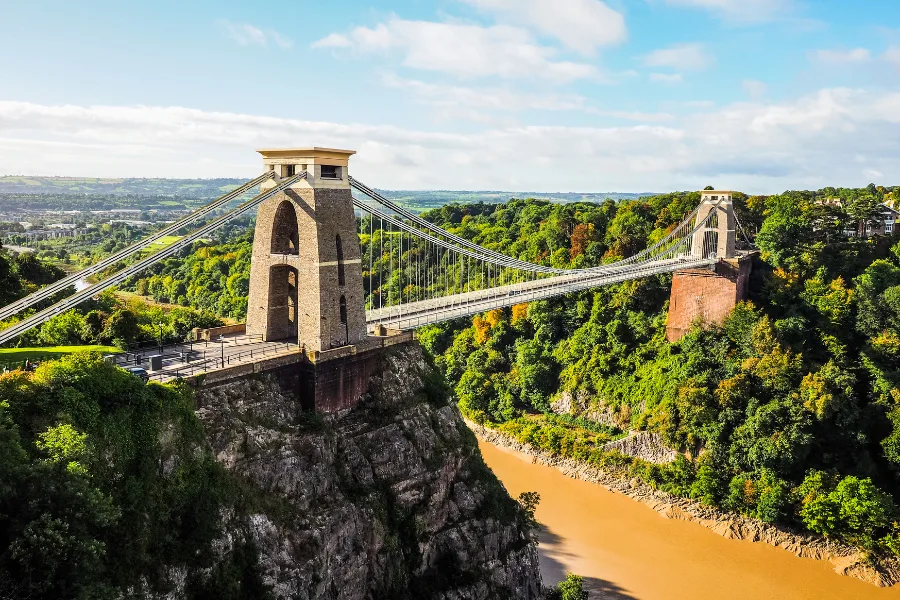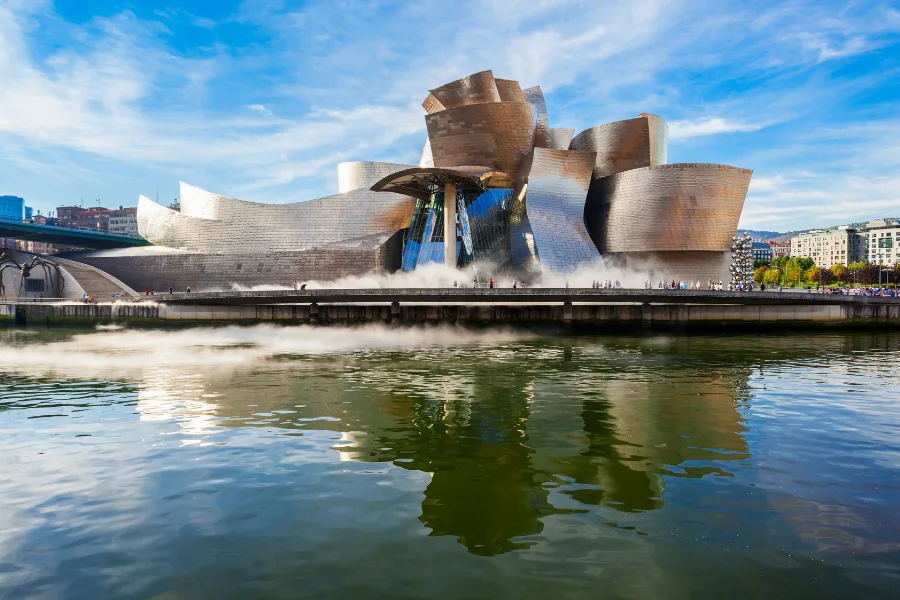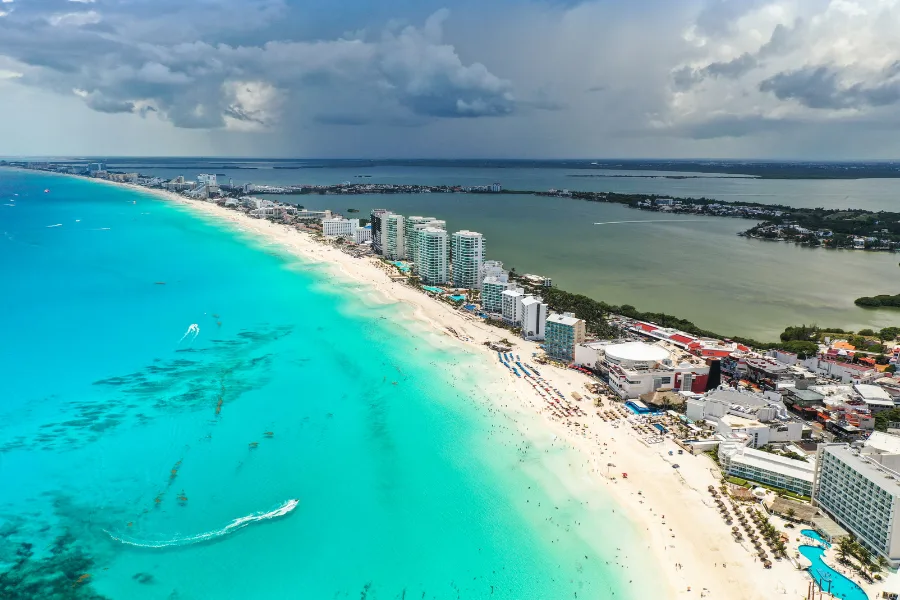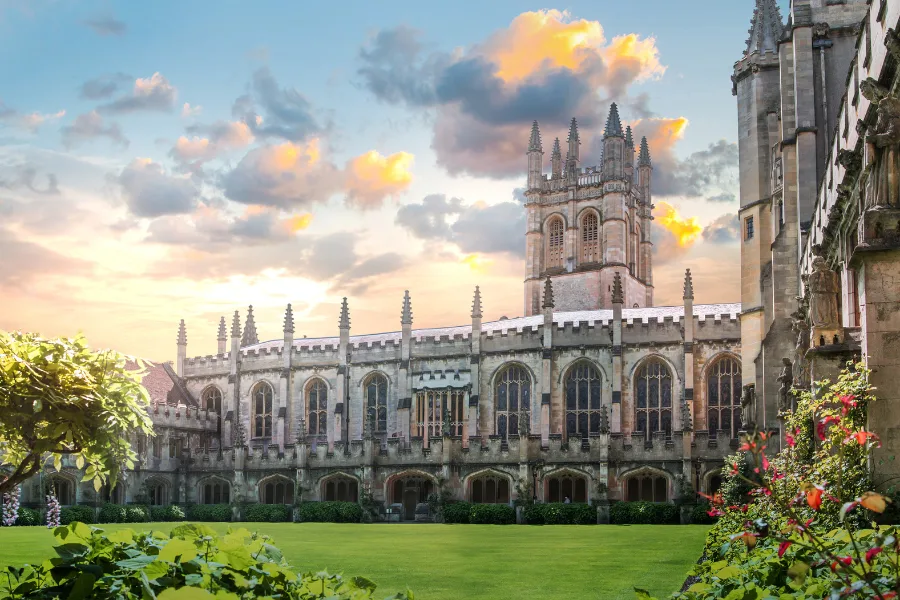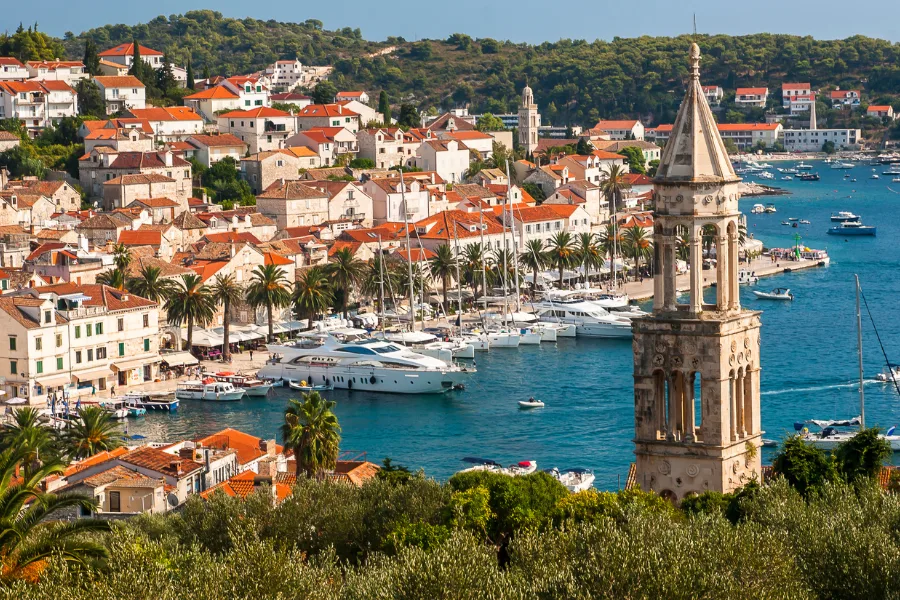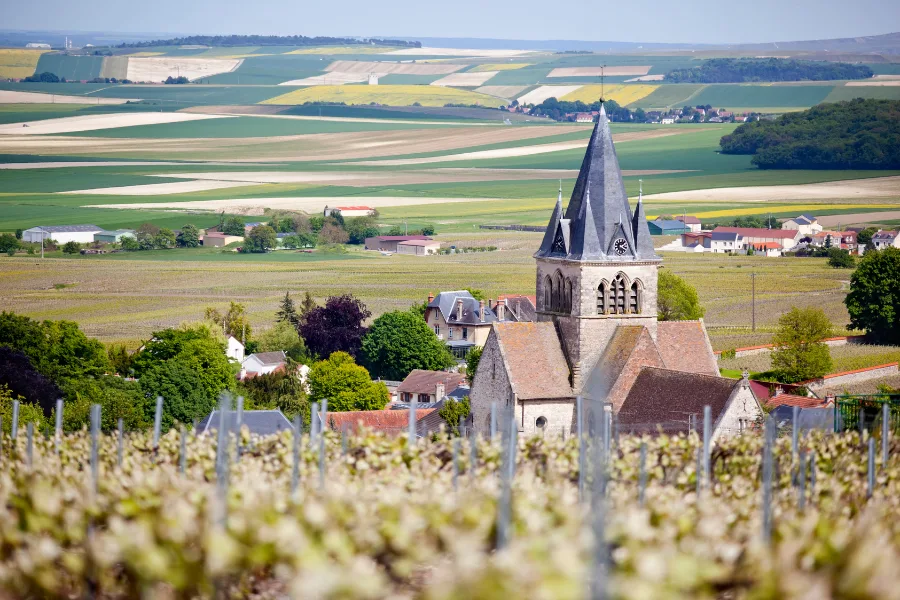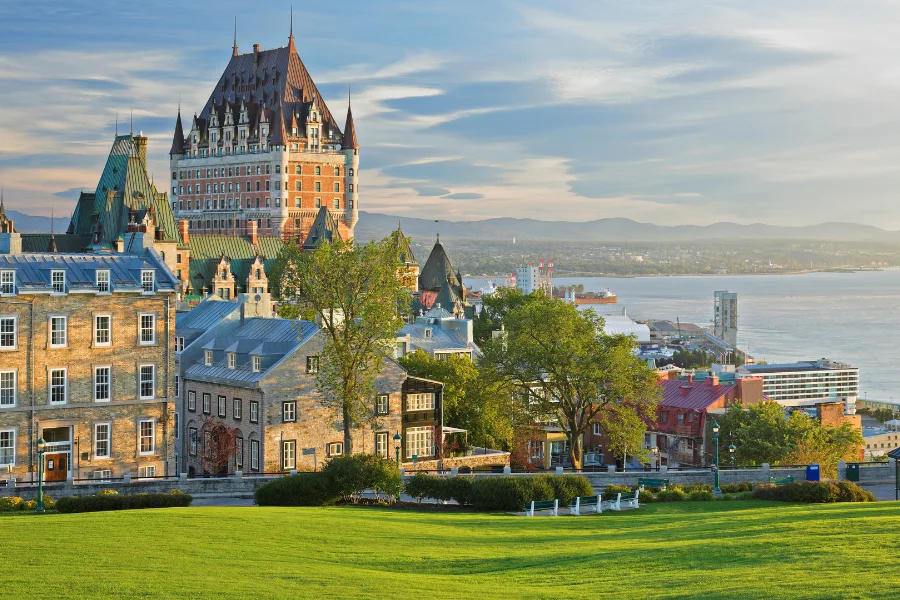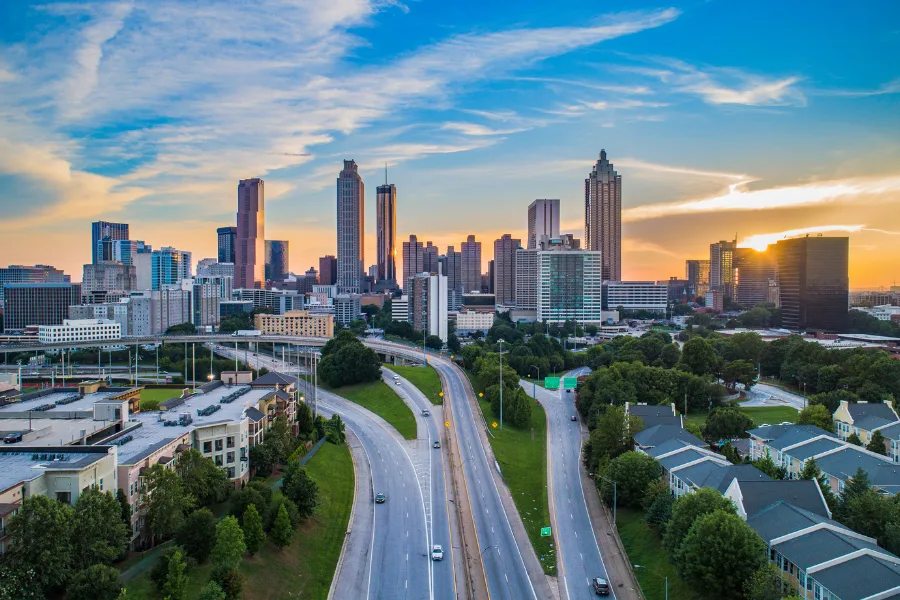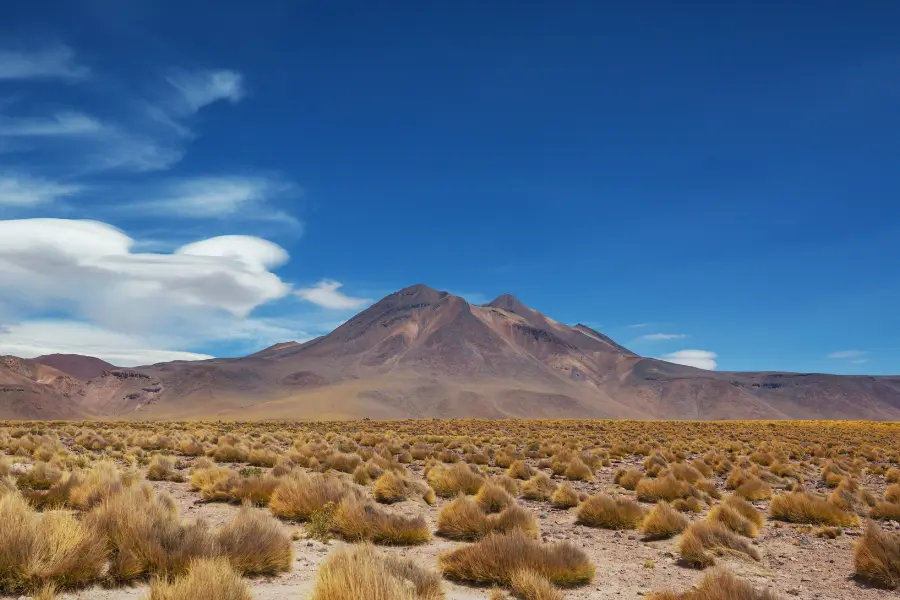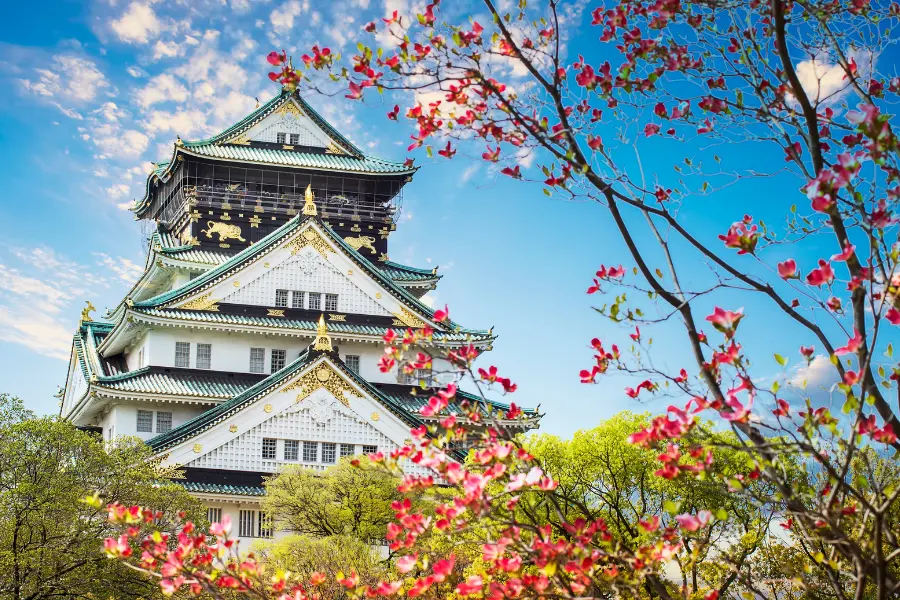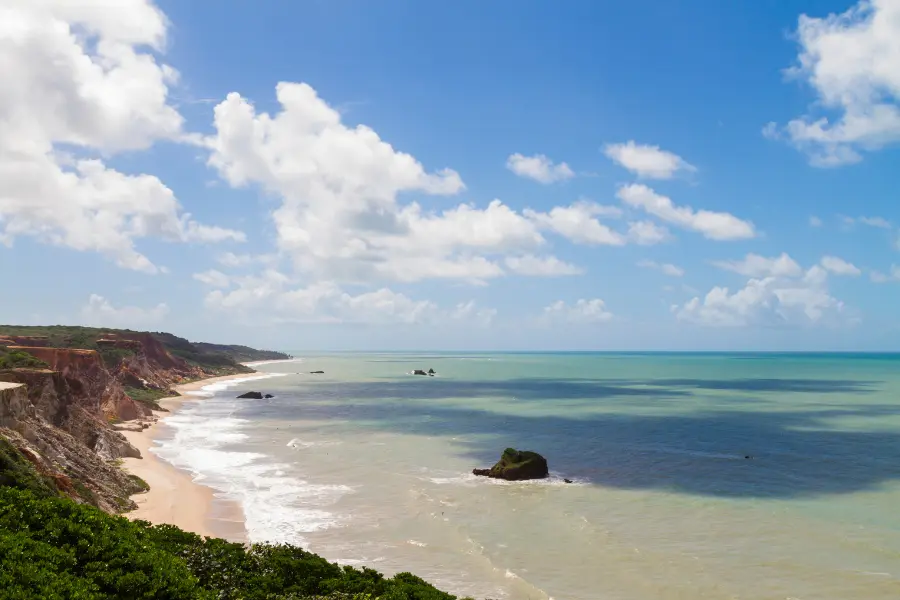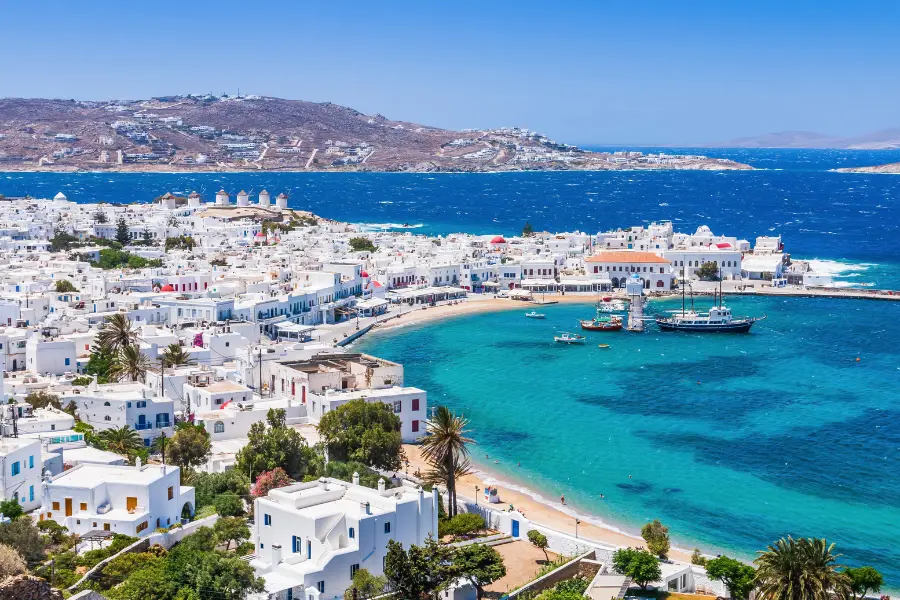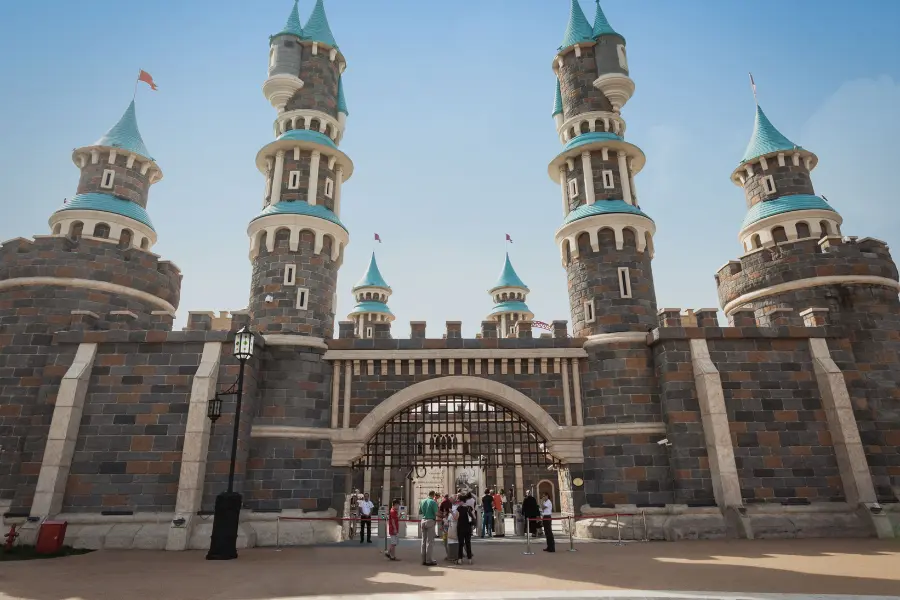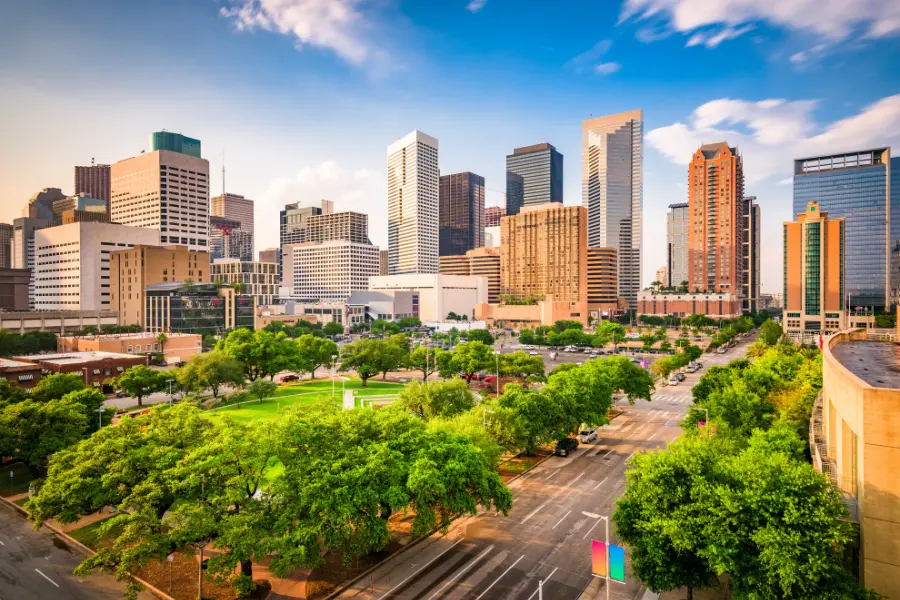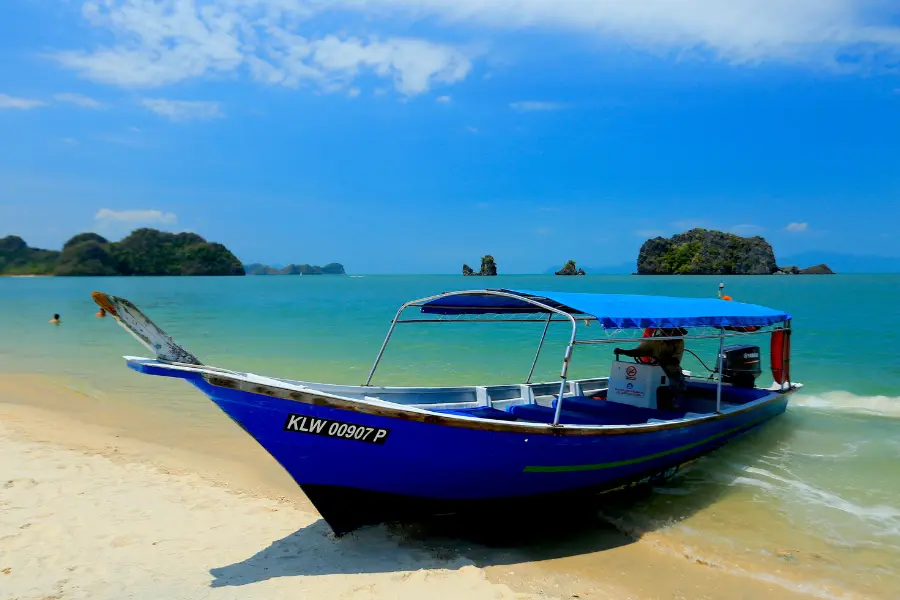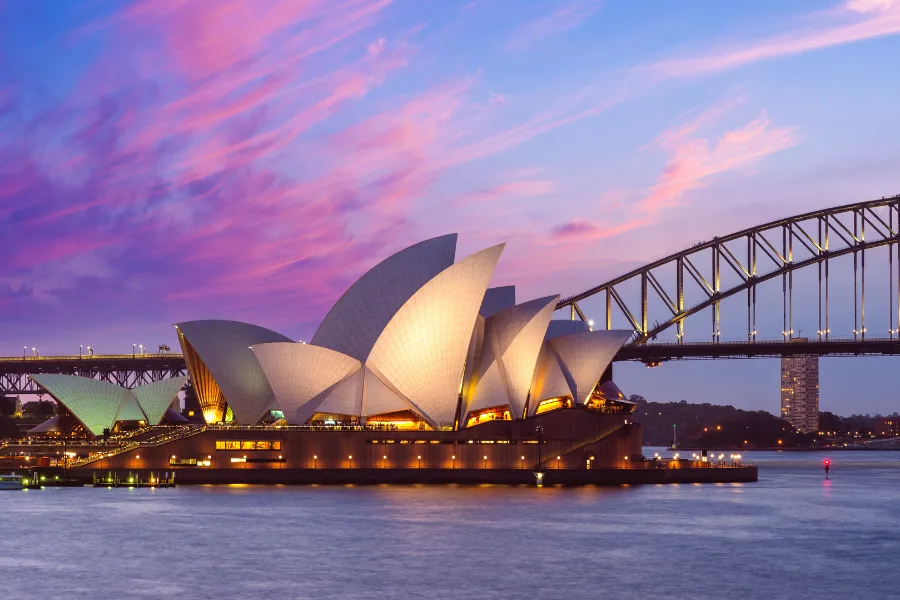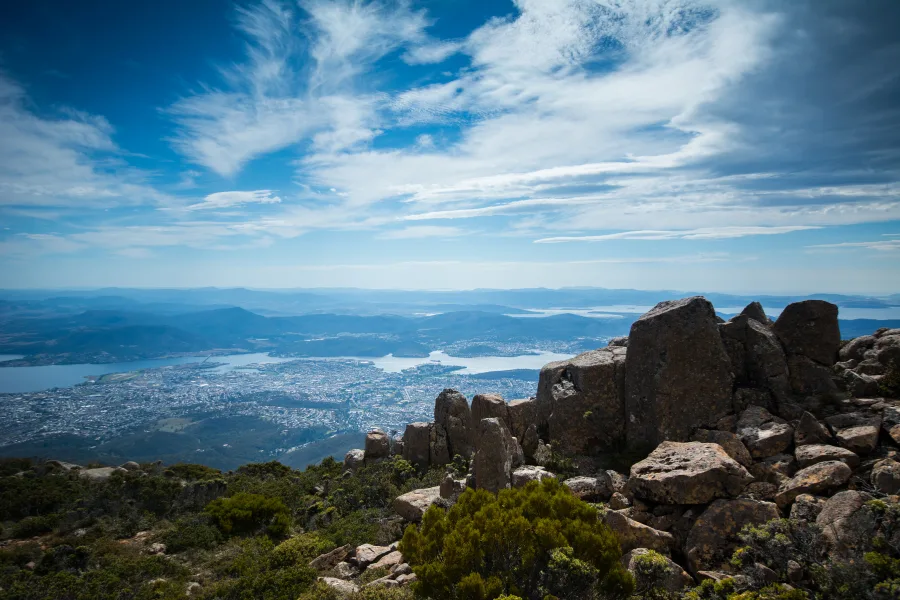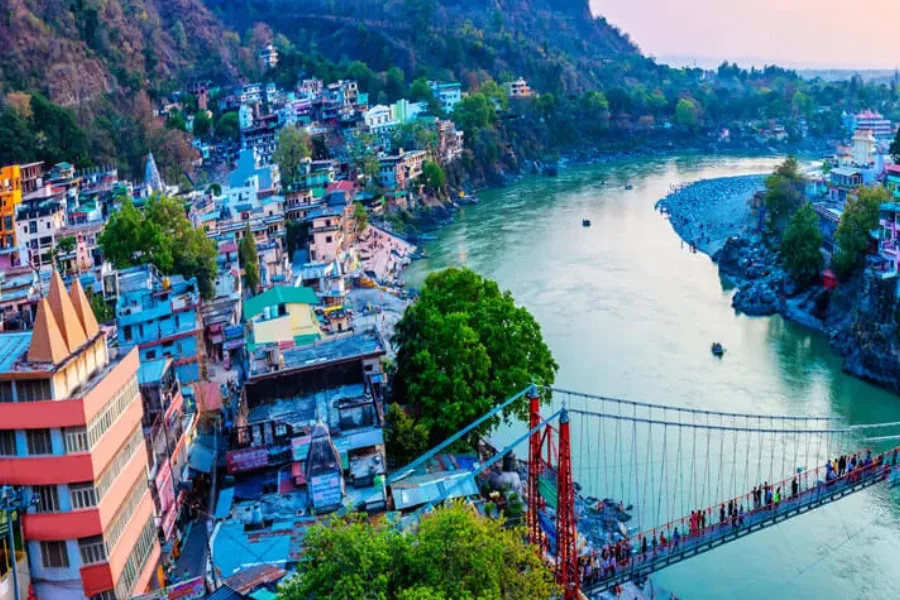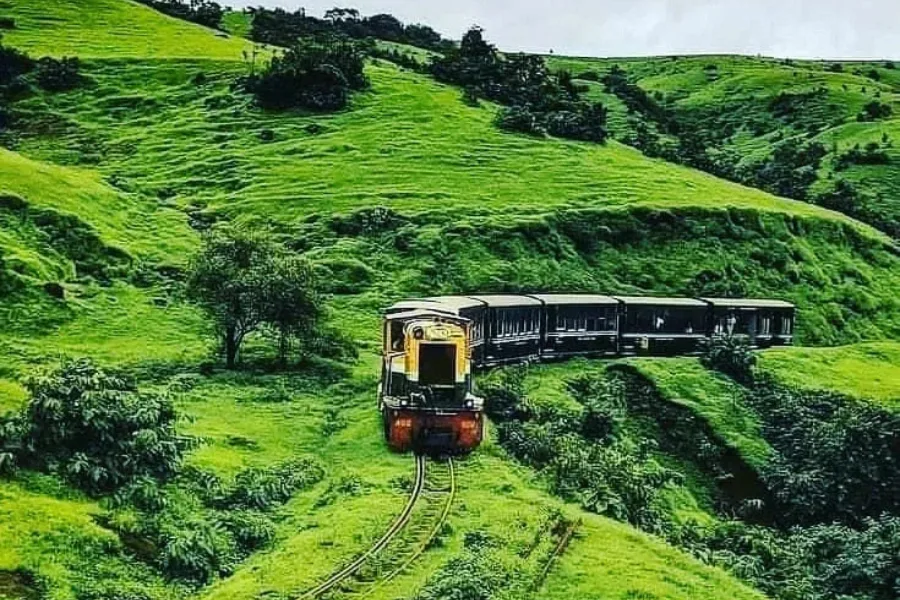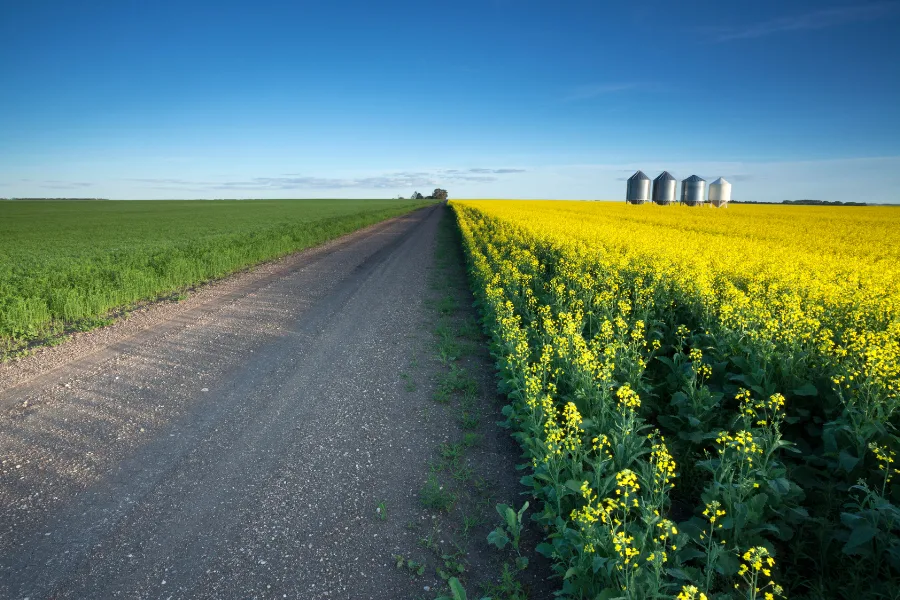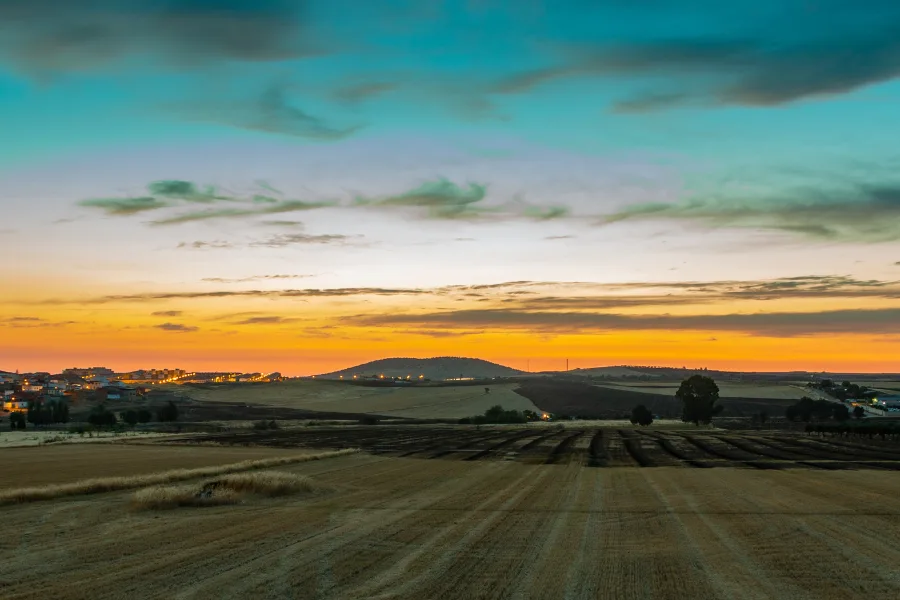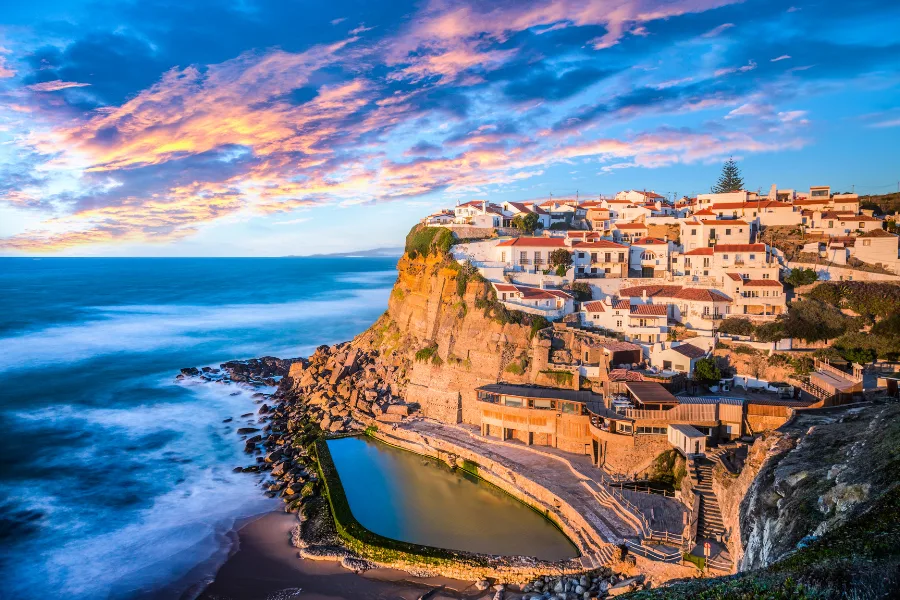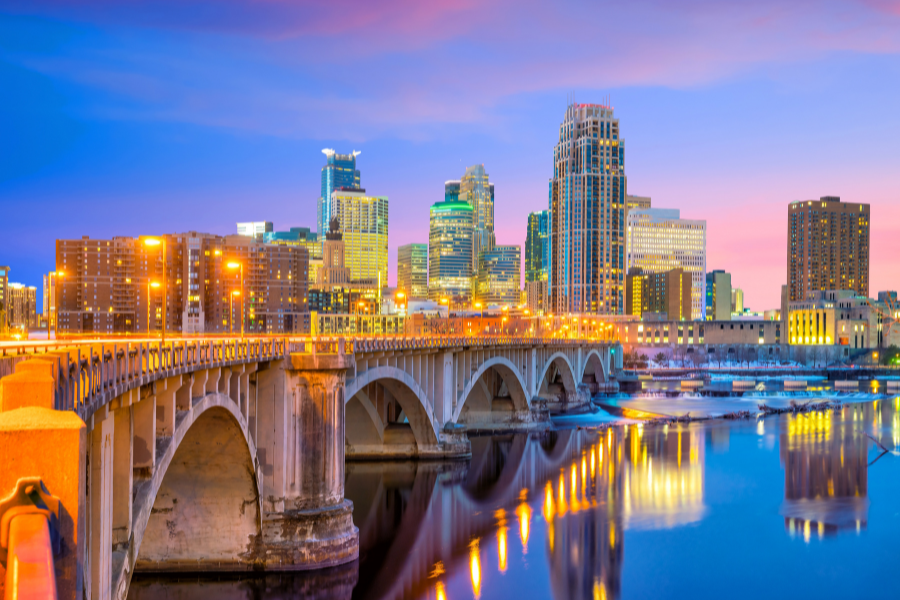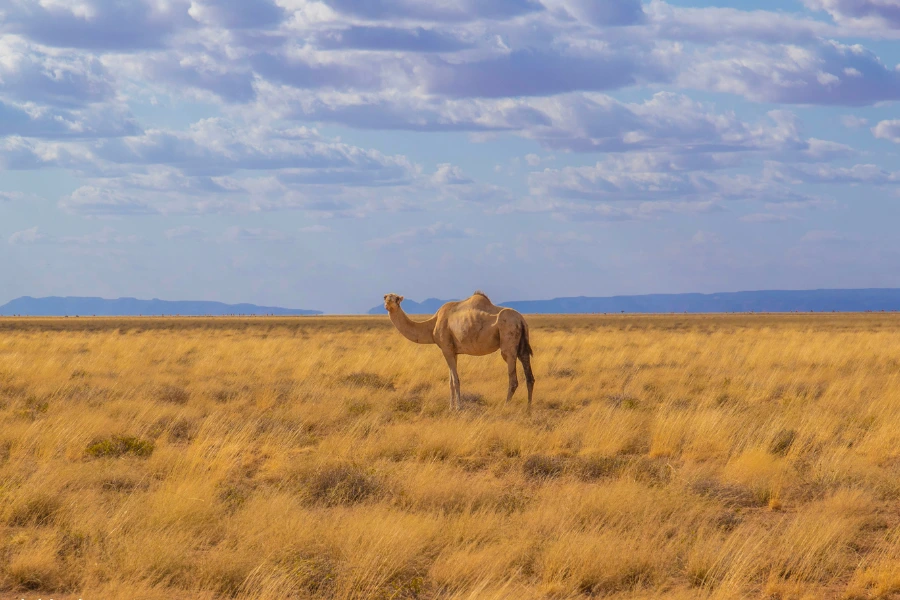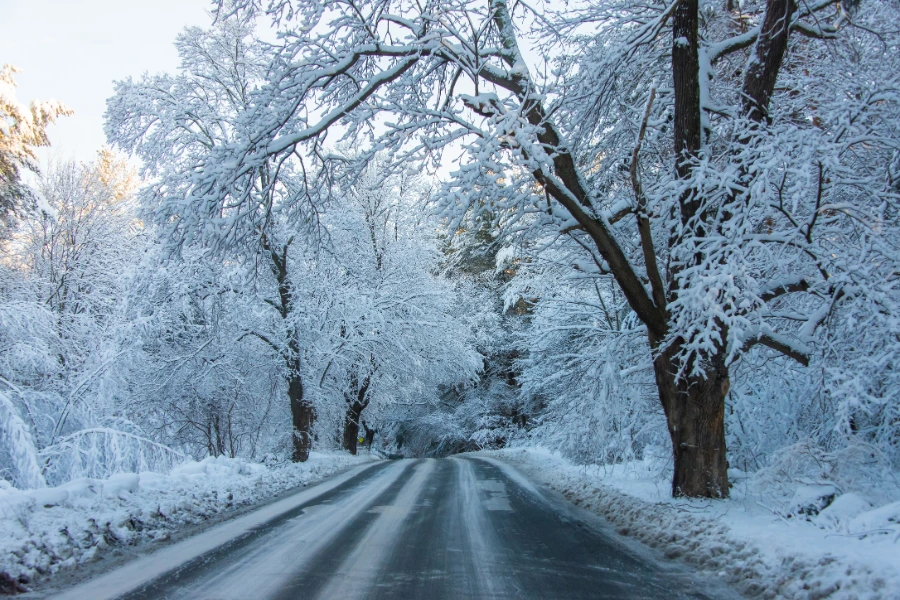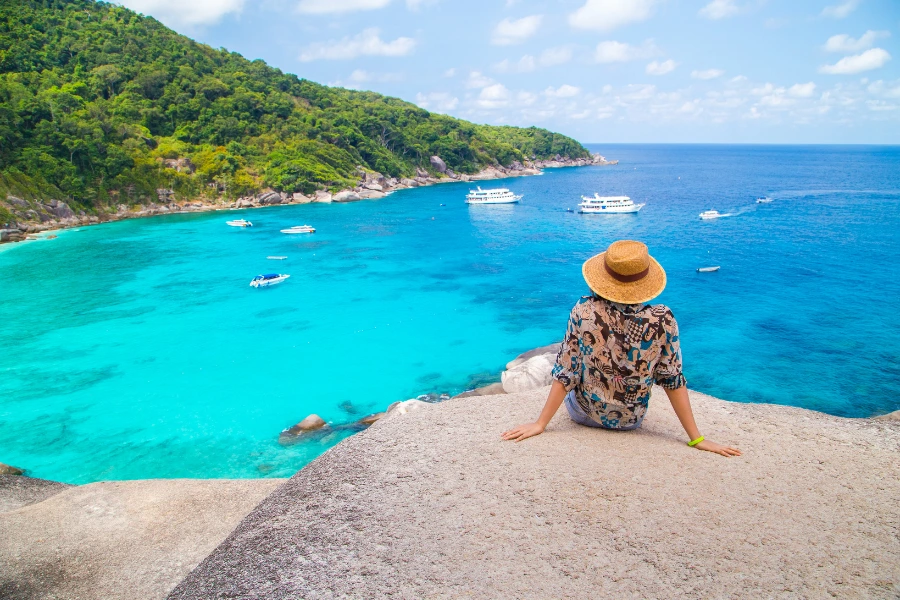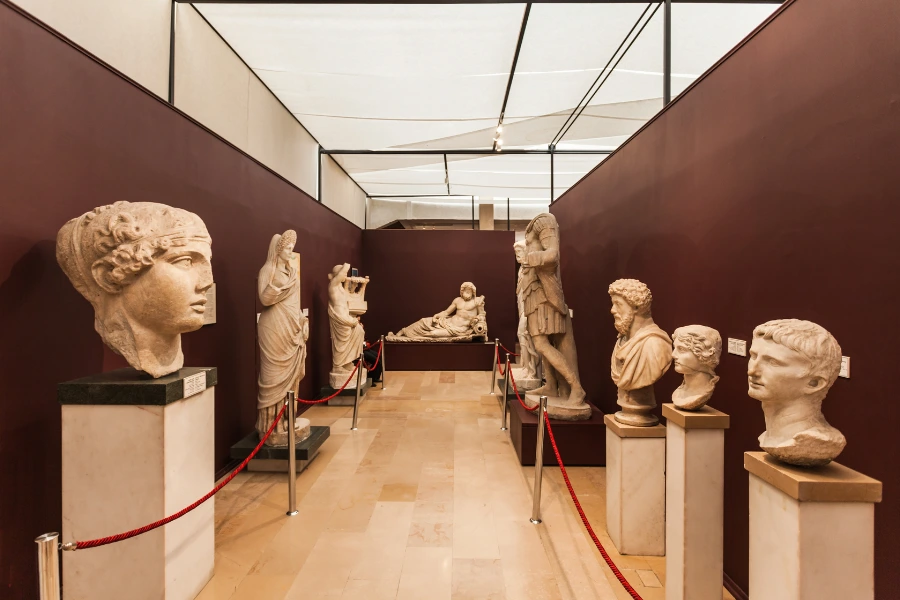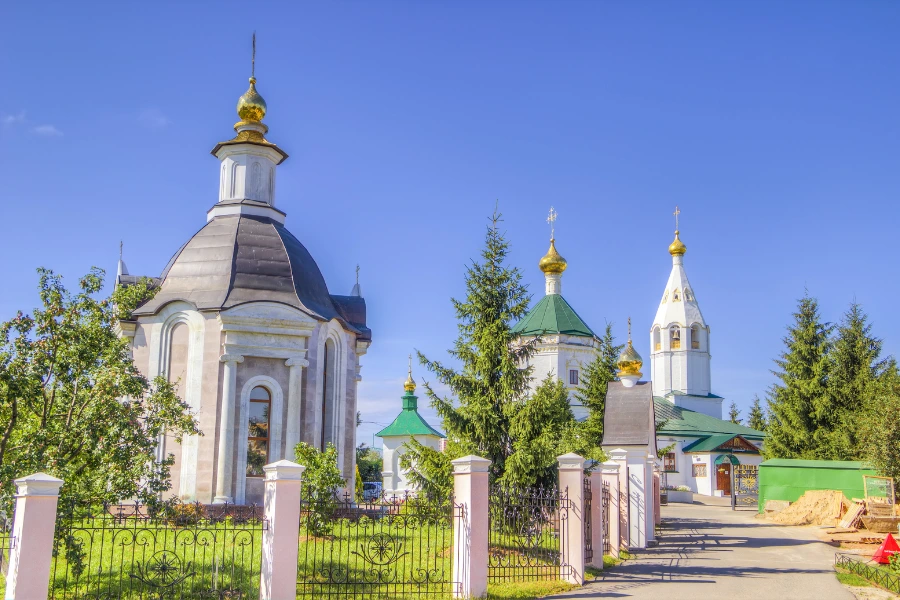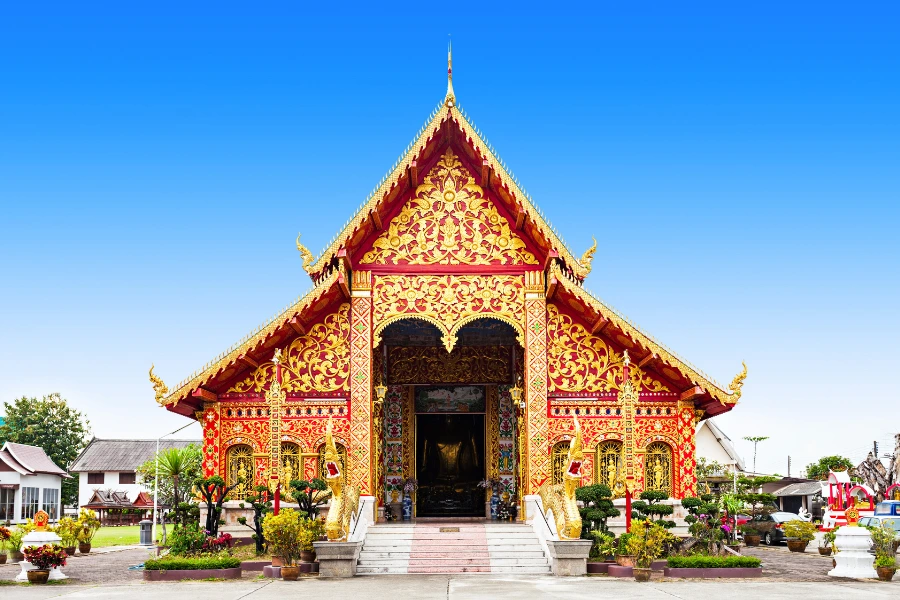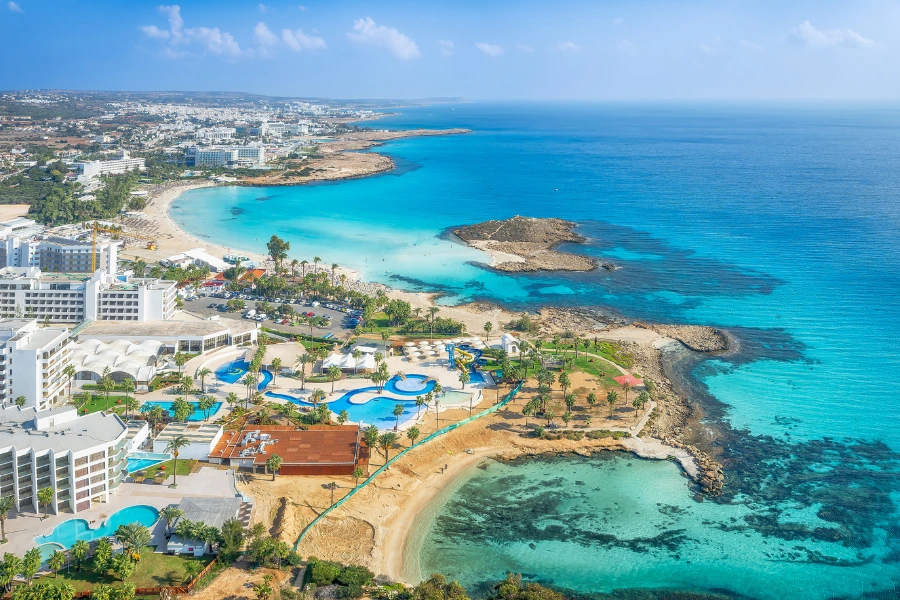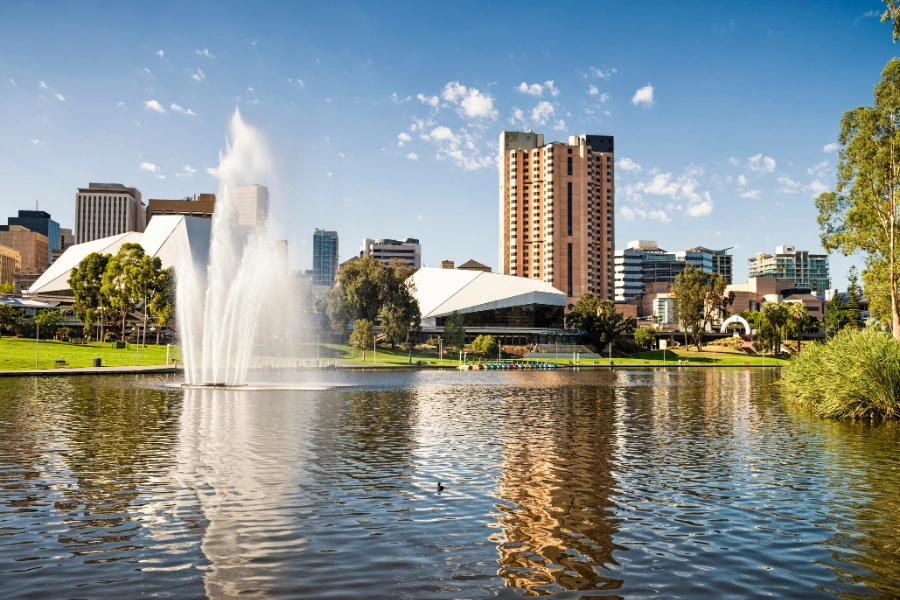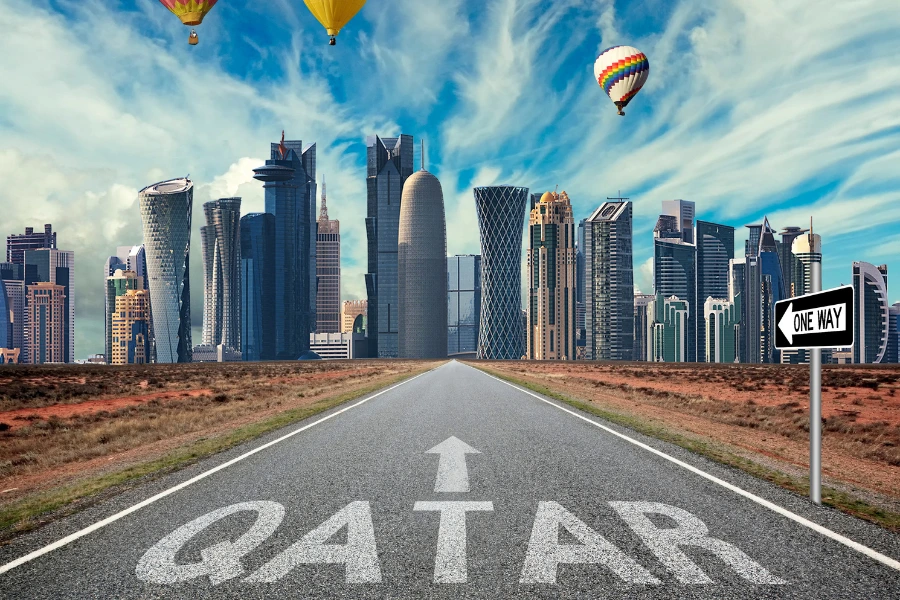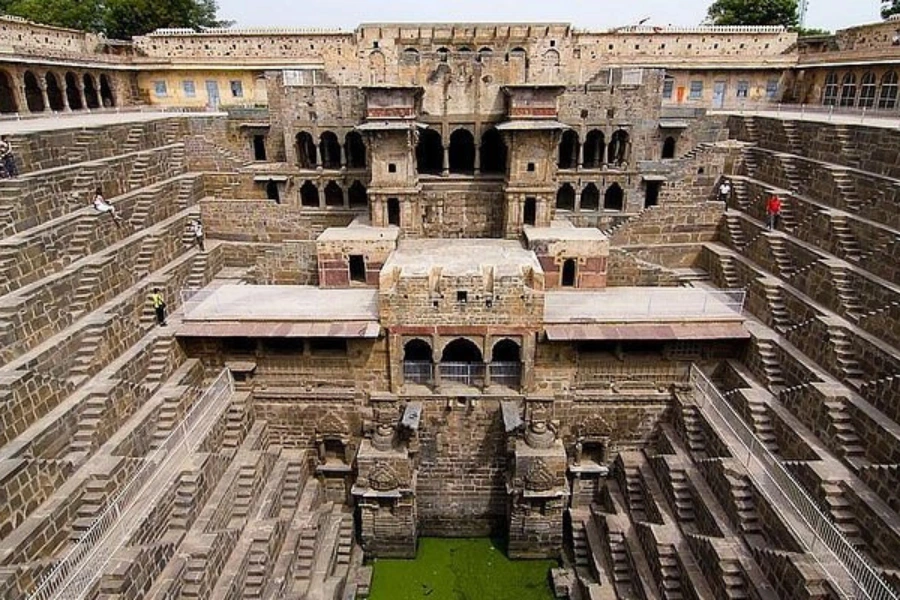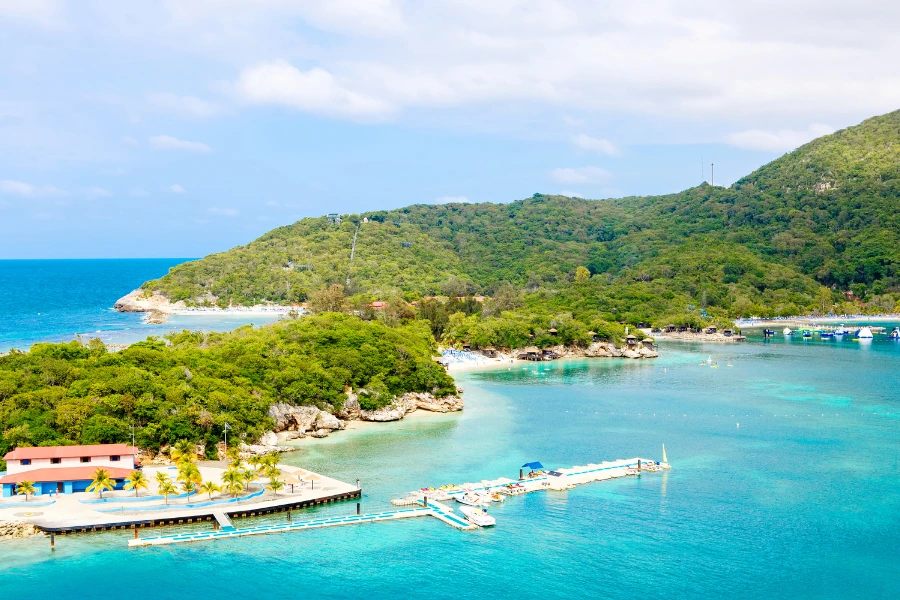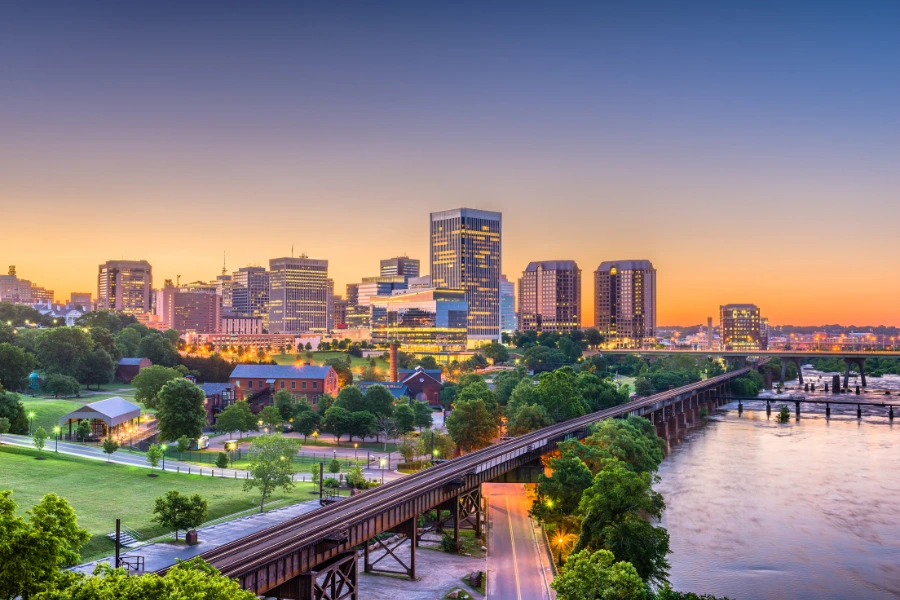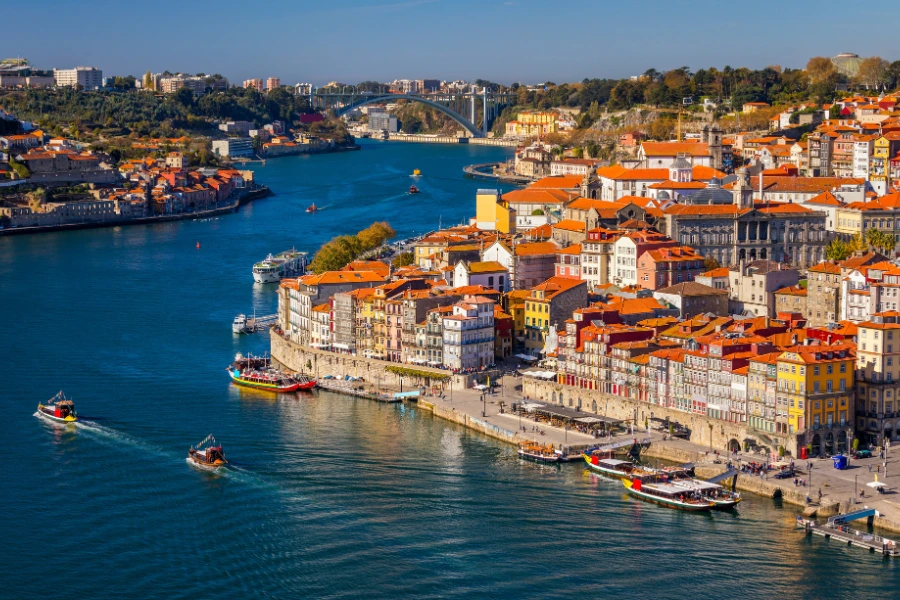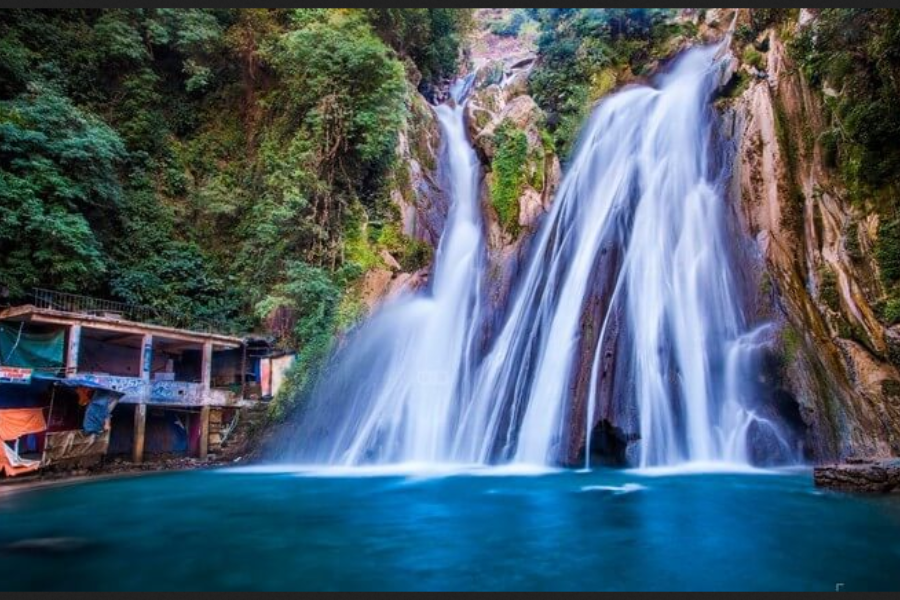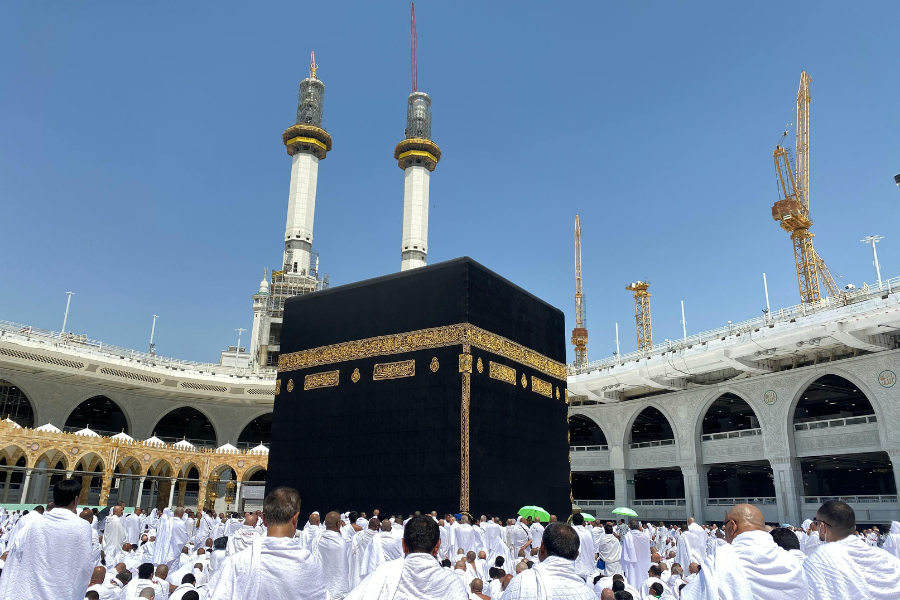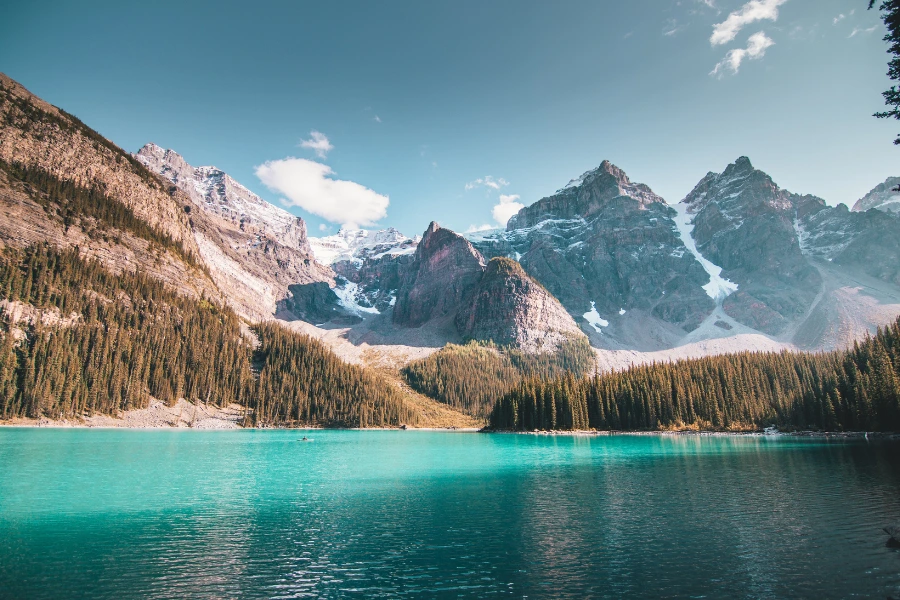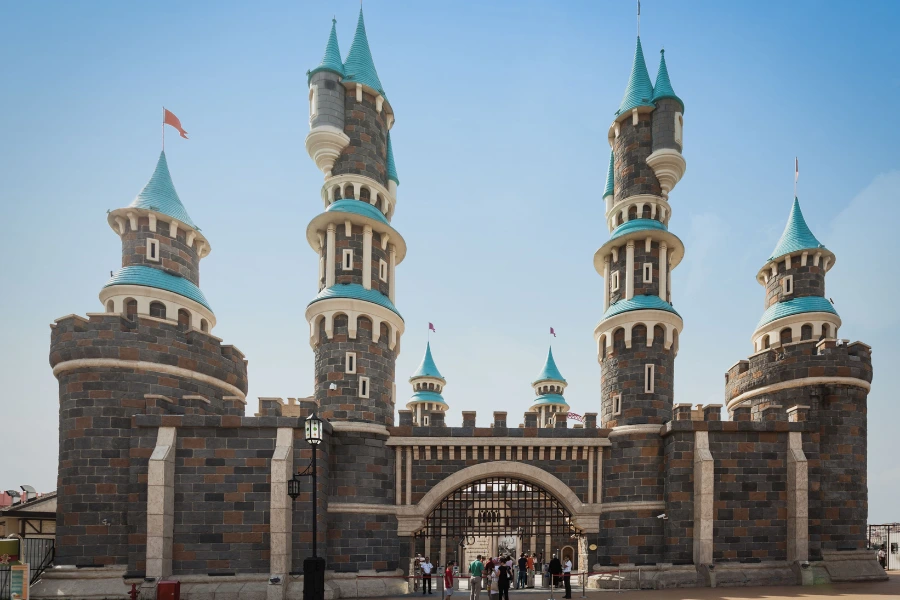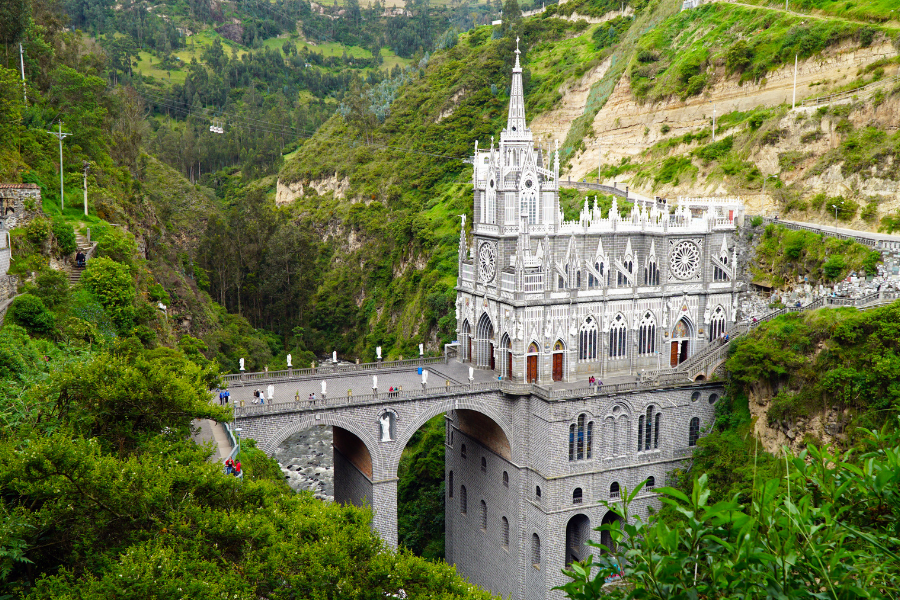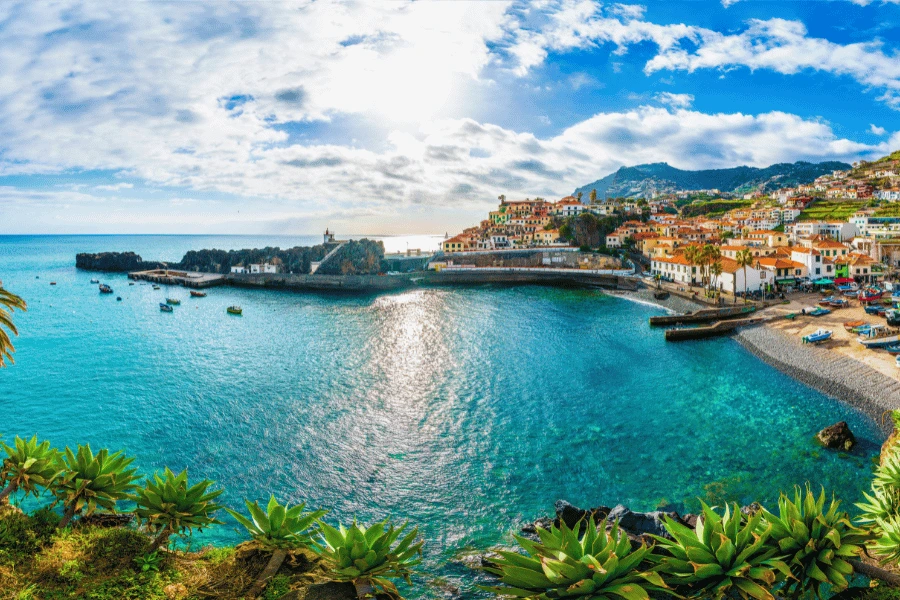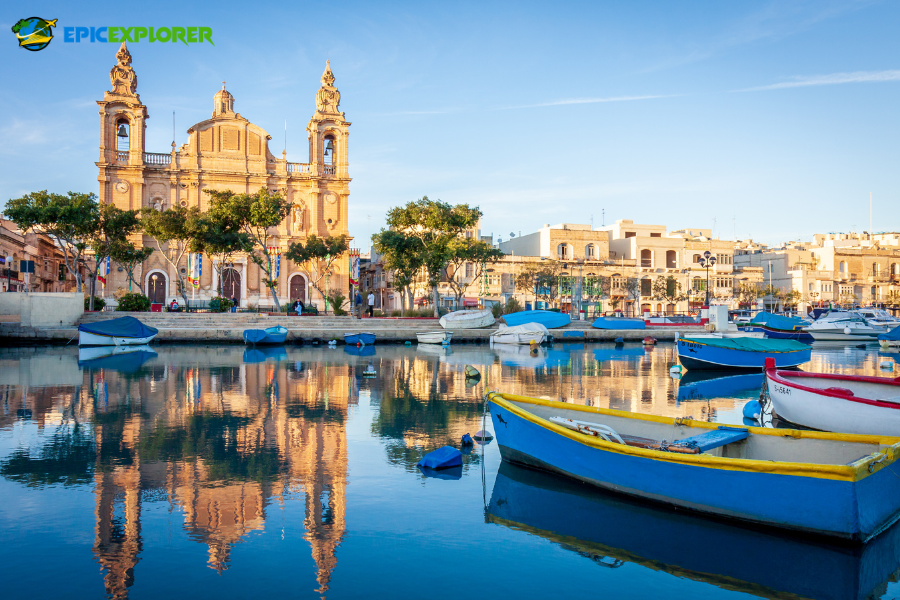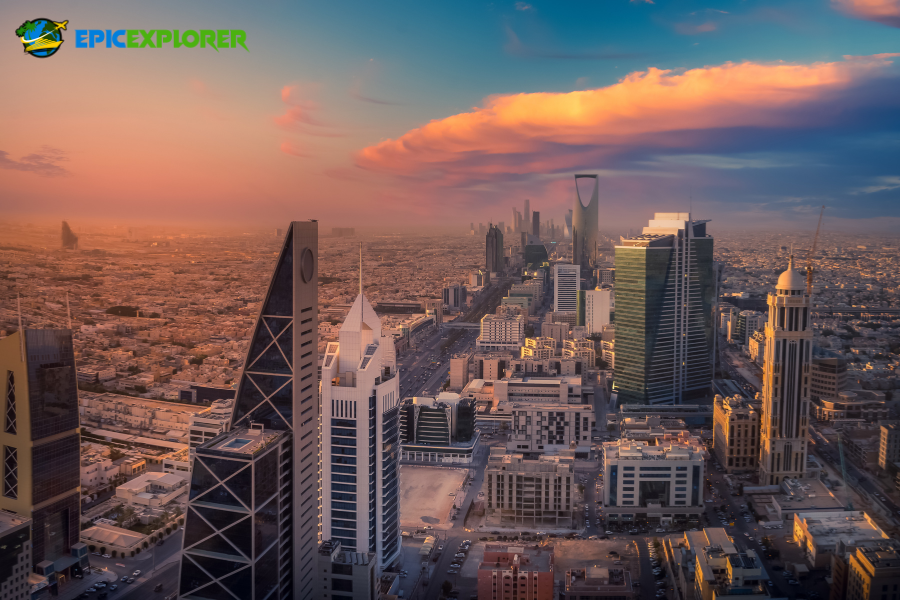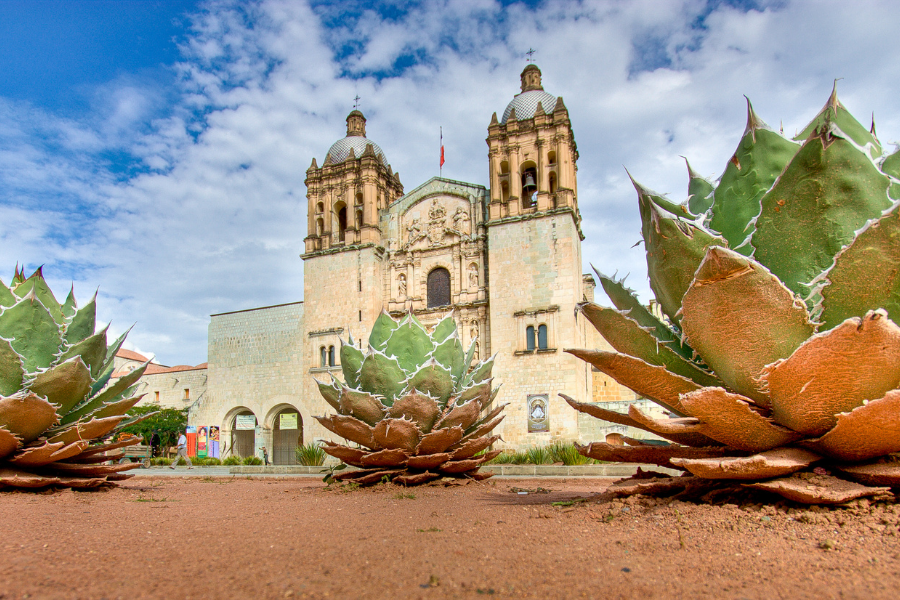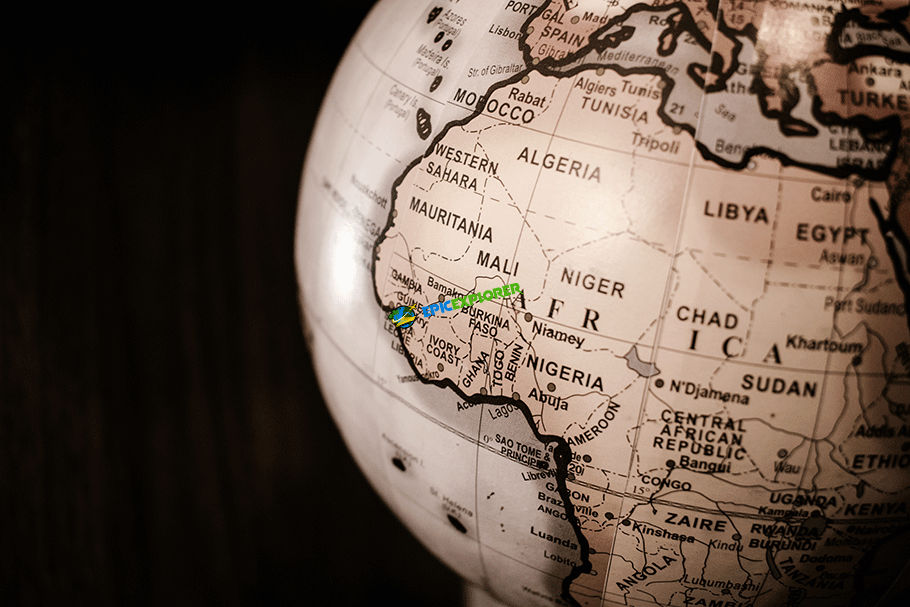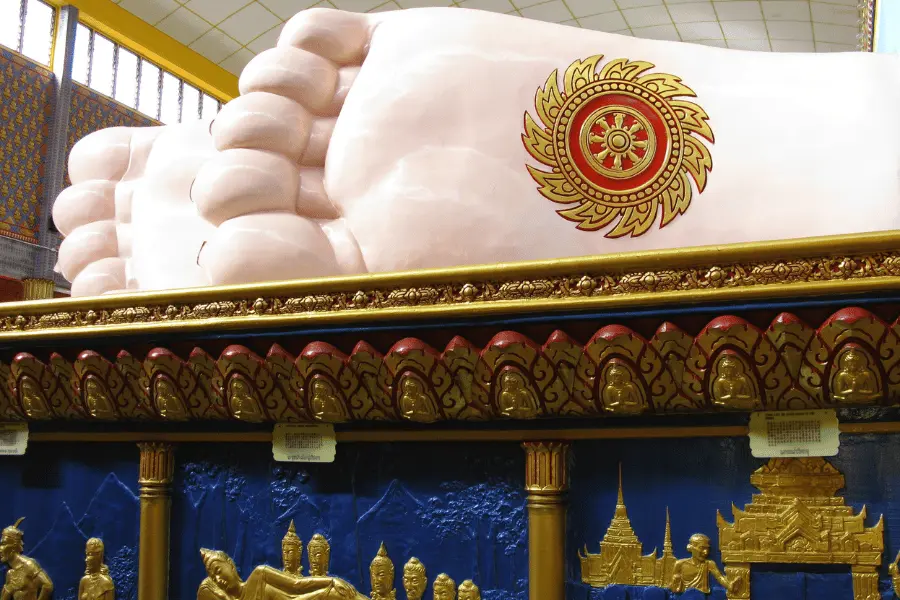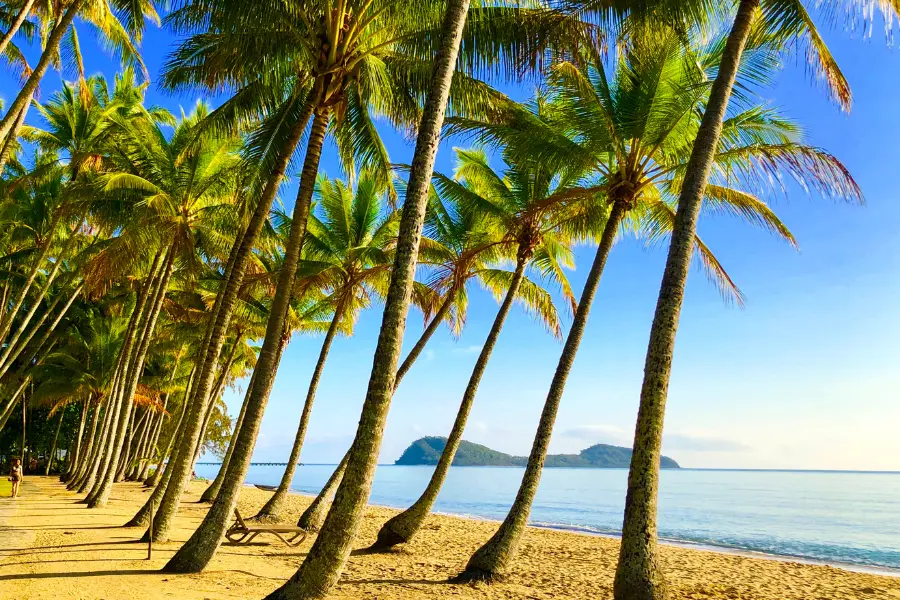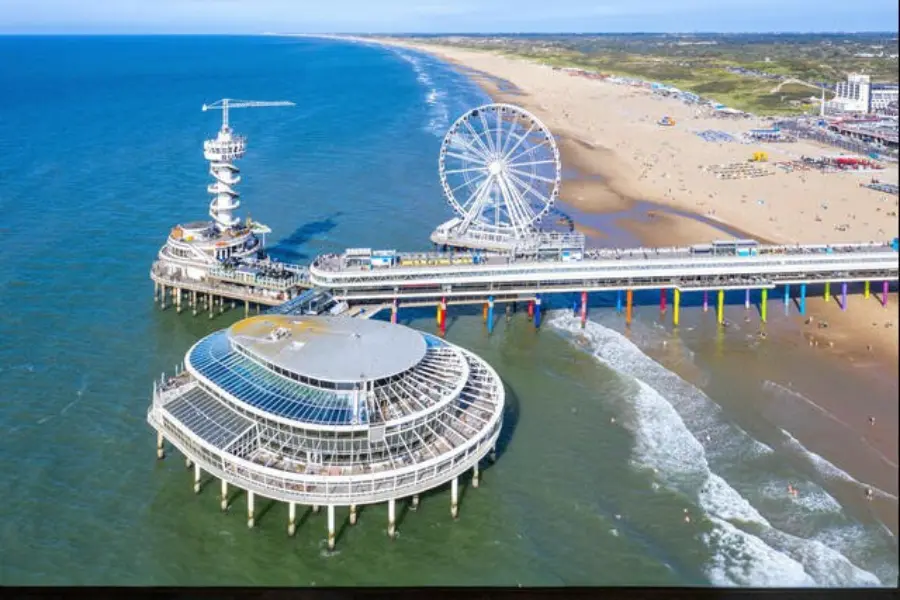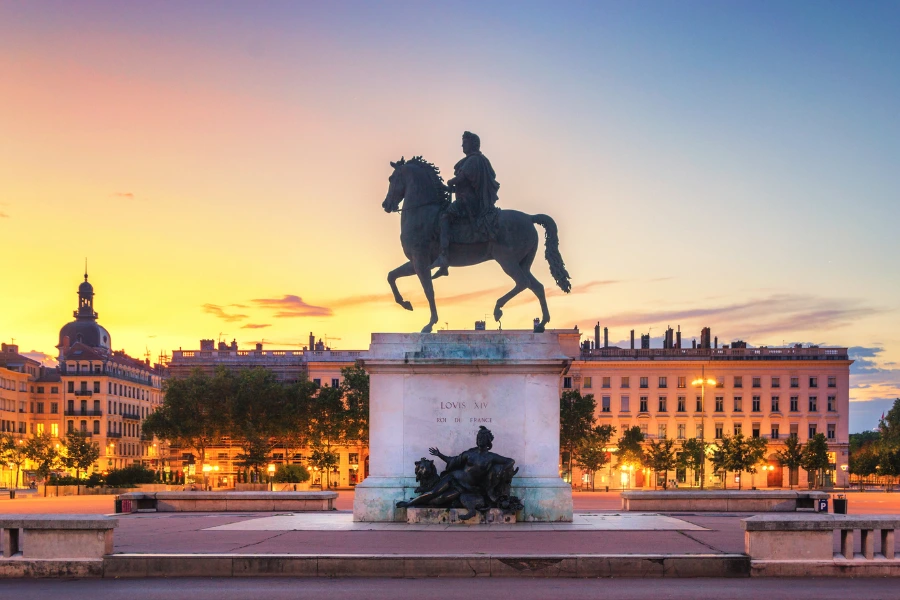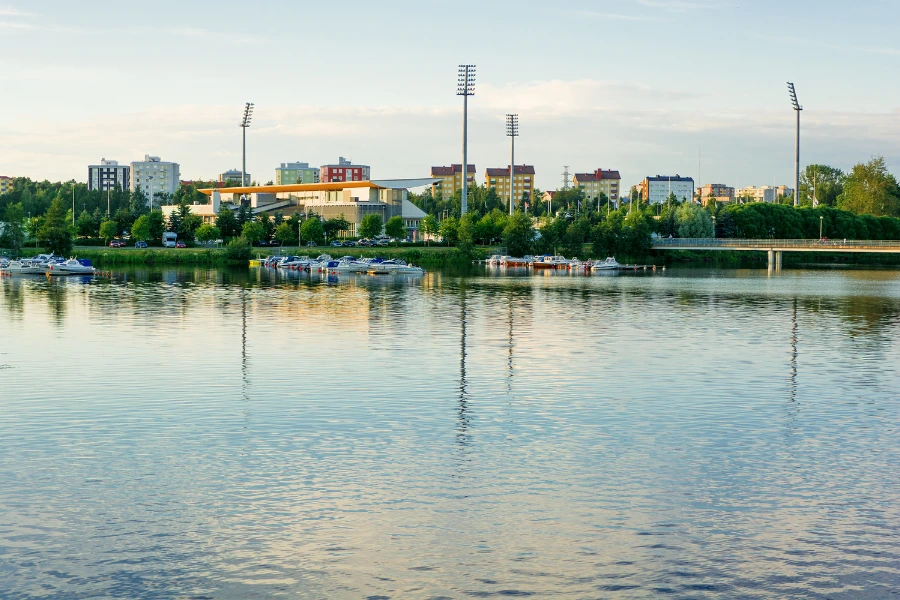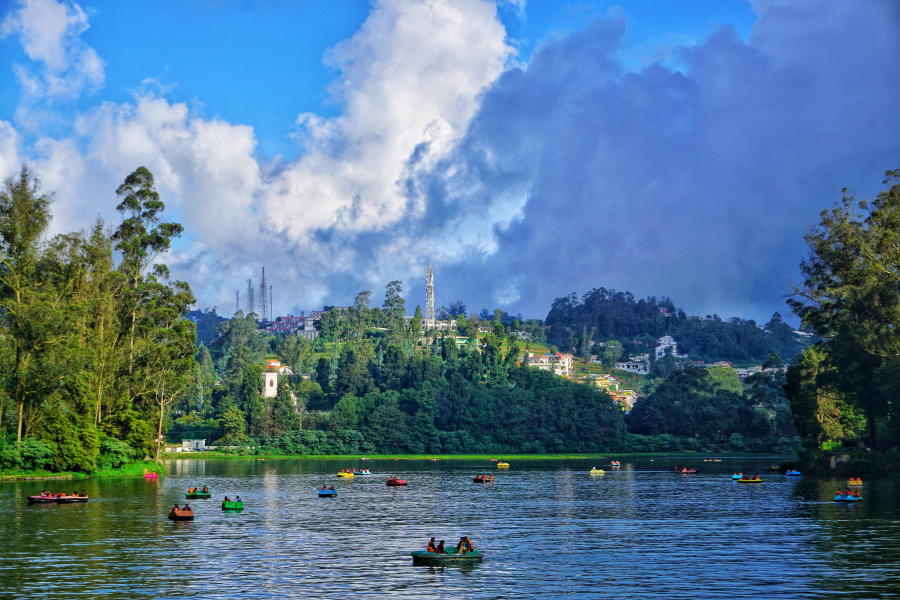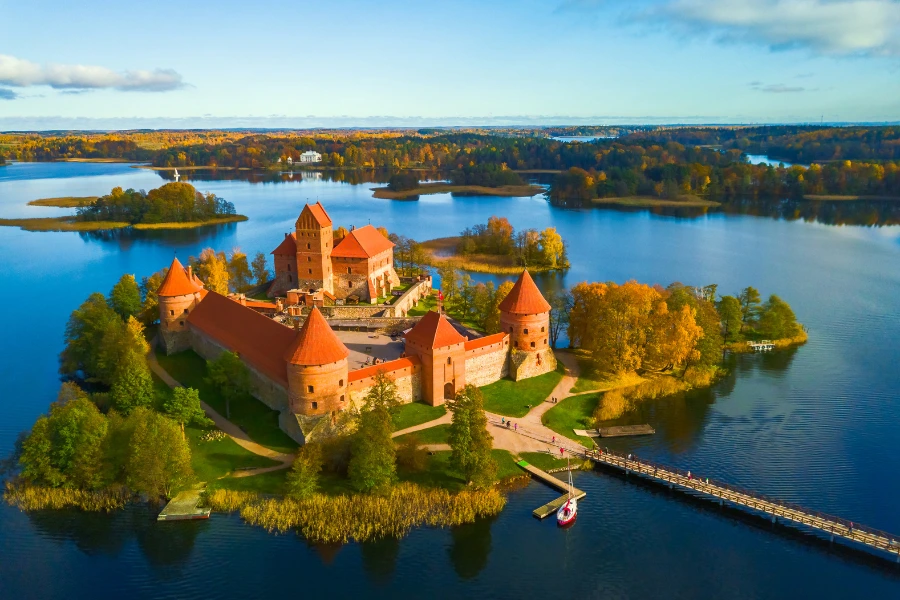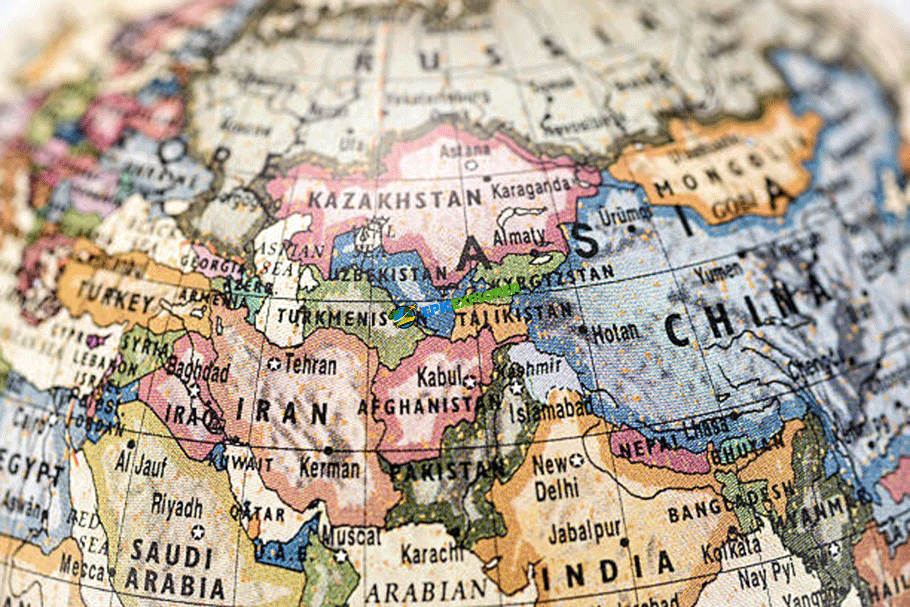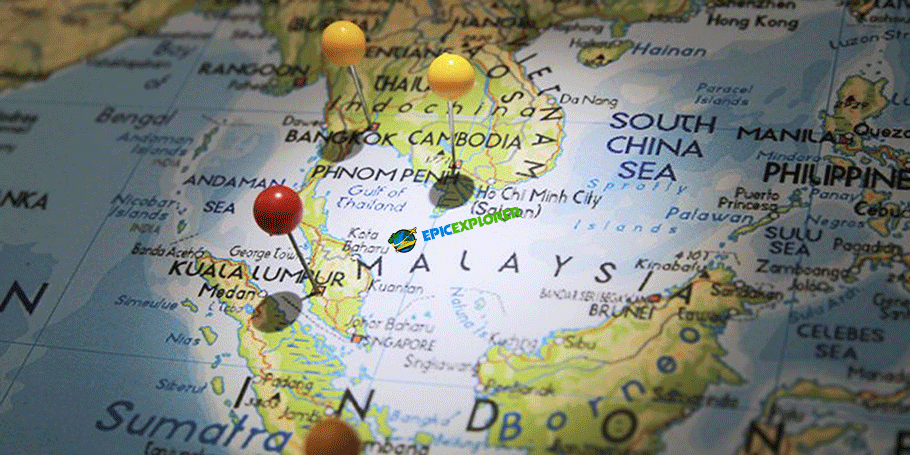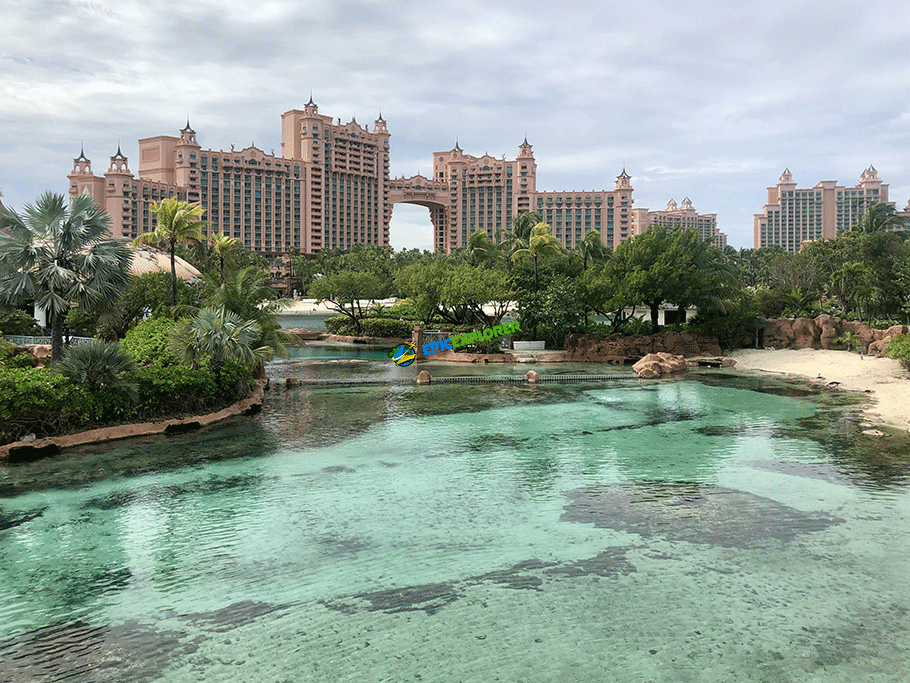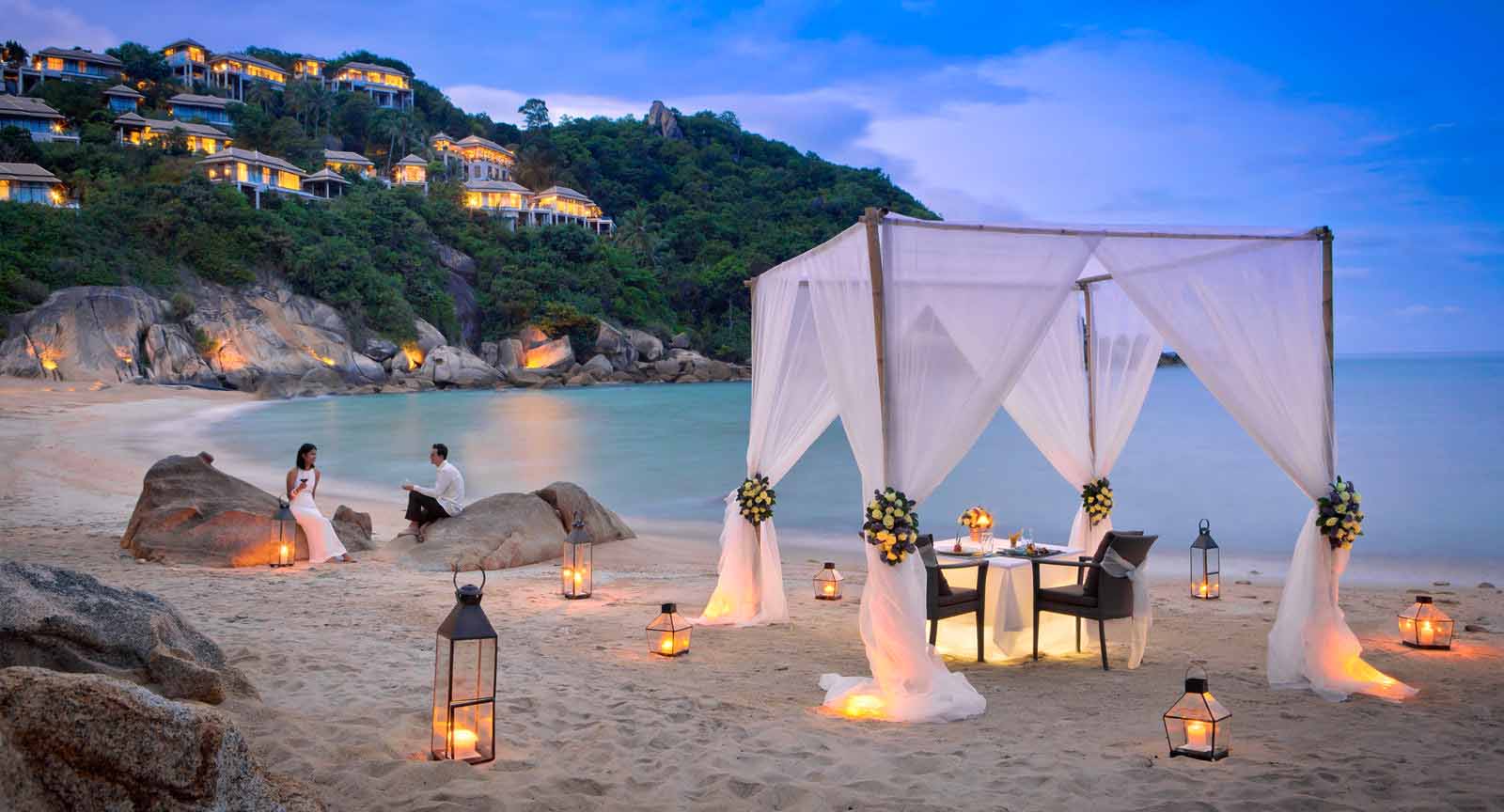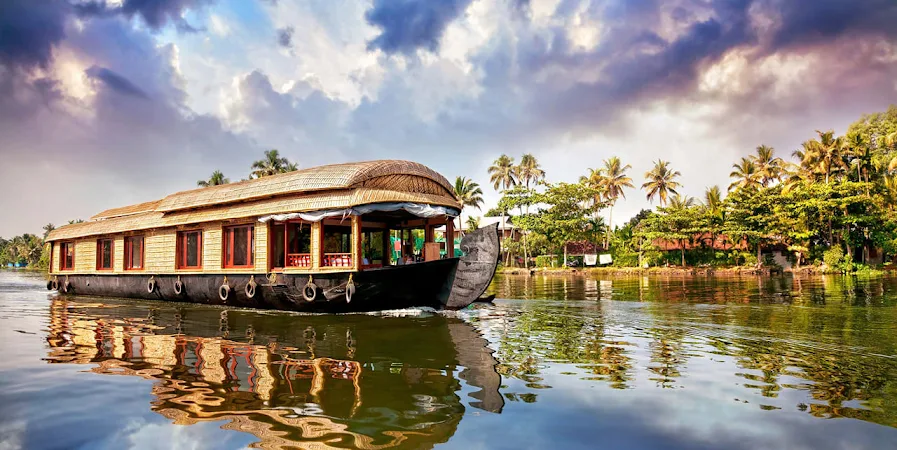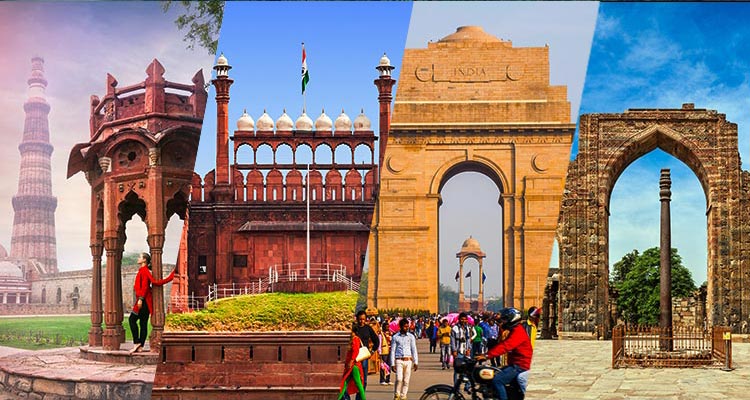History and Facts:
Morocco, a country at the crossroads of cultures, invites travelers to delve into its vibrant cities, each narrating a unique story of Berber traditions, Arab influences, and historic grandeur.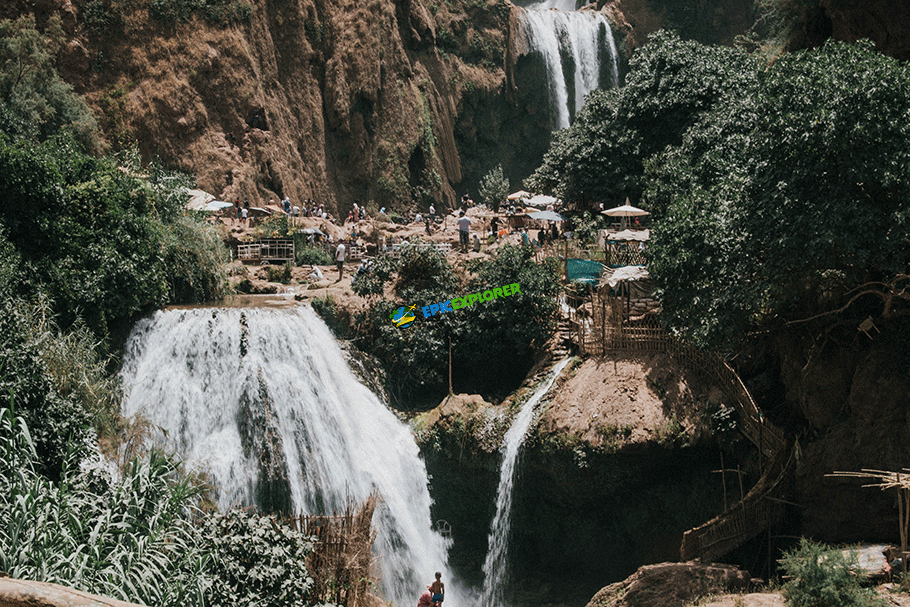
From the bustling markets of Marrakech to the coastal charm of Casablanca, Morocco unfolds its mystique in its diverse urban landscapes.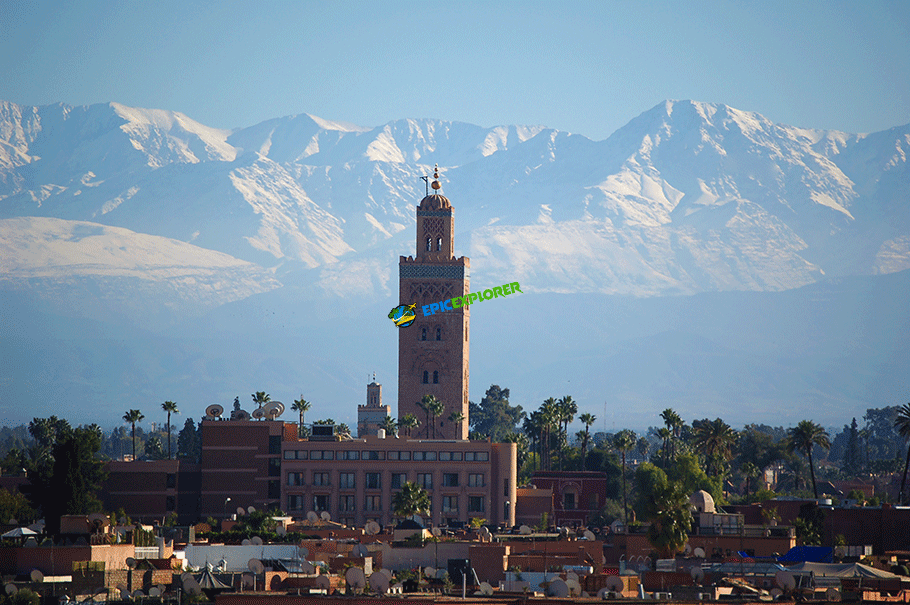
1. Marrakech: Marrakech, the Red City:
Nestled against the Atlas Mountains, Marrakech is a testament to Morocco's rich history. Founded in the 11th century, it was a former imperial city. Explore the vibrant Jemaa el-Fnaa square, a UNESCO World Heritage site, where snake charmers and storytellers create an enchanting atmosphere. Bahia Palace, with its intricate gardens, showcases exquisite Islamic architecture, offering a glimpse into the opulence of Morocco's past.
2. Casablanca: Casablanca, the White City:
As Morocco's largest city and economic hub, Casablanca blends modernity with tradition. Established during the Berber Empire, it rose to prominence under French colonial rule. The Hassan II Mosque, a marvel overlooking the Atlantic, is a modern architectural masterpiece and a symbol of Islamic artistry. The historic Medina, with its narrow streets and bustling souks, contrasts with the contemporary elegance of the Corniche.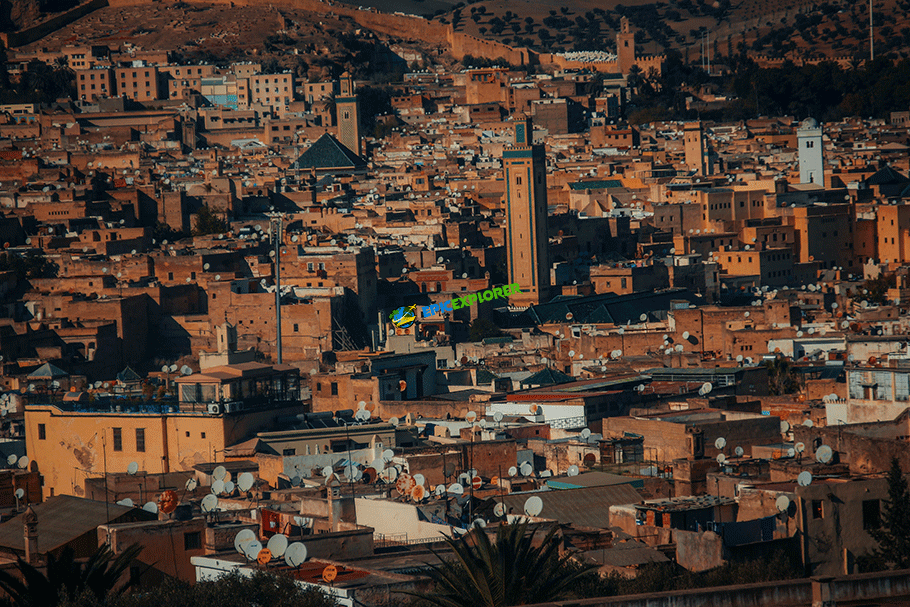
3. Fes: Fes, the Cultural Heart:
Founded in the 8th century, Fes is one of the oldest and most important cities in Morocco. Recognized for its well-preserved medieval architecture, the Fes el-Bali medina is a UNESCO World Heritage site. The University of Al Quaraouiyine, founded in 859, is considered the oldest continuously operating educational institution globally. The tanneries of Fes showcase age-old leatherworking techniques, providing a sensory journey through the city's cultural roots.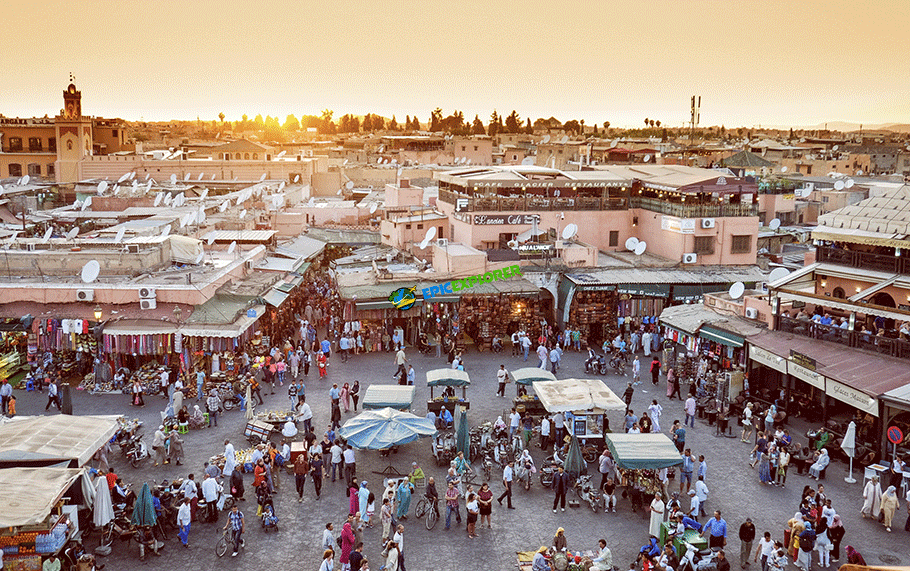
4. Rabat: Rabat, the Capital's Elegance:
As the modern capital of Morocco, Rabat seamlessly integrates historical sites with contemporary living. The Kasbah of the Udayas, dating back to the 12th century, offers panoramic views of the Atlantic Ocean. The Royal Mausoleum, resting place of King Mohammed V and King Hassan II, reflects Morocco's royal heritage. Chellah Necropolis, a Roman ruin turned Islamic necropolis, is a fascinating blend of civilizations.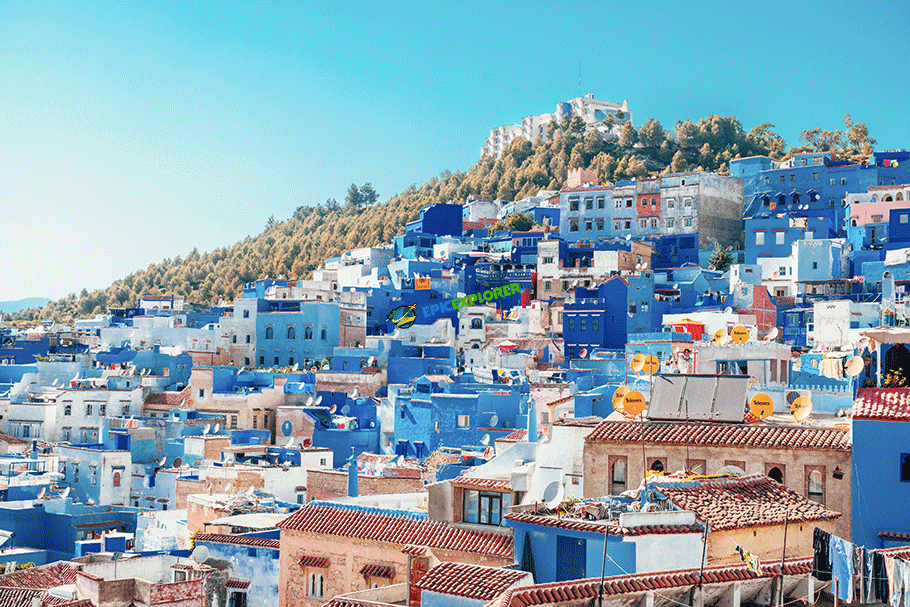
5. Chefchaouen: Chefchaouen, the Blue Pearl:
Tucked away in the Rif Mountains, Chefchaouen is known for its distinctive blue-painted streets. Founded in 1471, the city's blue hues are said to represent the sky and heaven. Plaza Uta el-Hammam, the main square, is surrounded by cafes and shops, providing a serene atmosphere to unwind. The Rif Mountains, surrounding Chefchaouen, offer hiking trails and panoramic views, making it a haven for nature enthusiasts.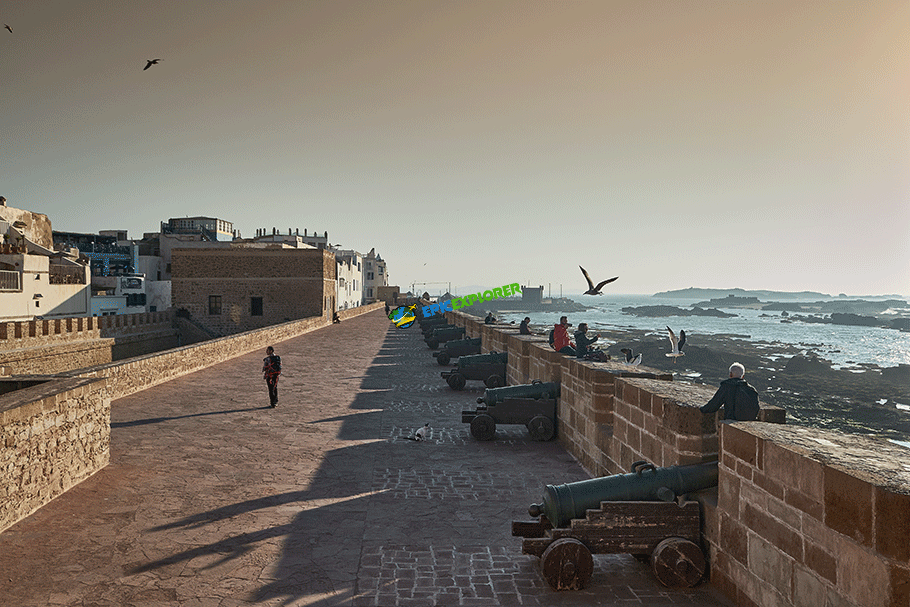
6. Essaouira: Essaouira, the Windy City:
A coastal gem, Essaouira boasts a history shaped by Phoenician, Carthaginian, and Roman influences. The Skala de la Ville, a sea-facing fortress, stands as a testament to Essaouira's strategic importance. The medina's walls, designated as a UNESCO World Heritage site, showcase the city's maritime heritage. Essaouira's beaches, swept by Atlantic winds, attract windsurfers and beachgoers seeking a blend of relaxation and adventure.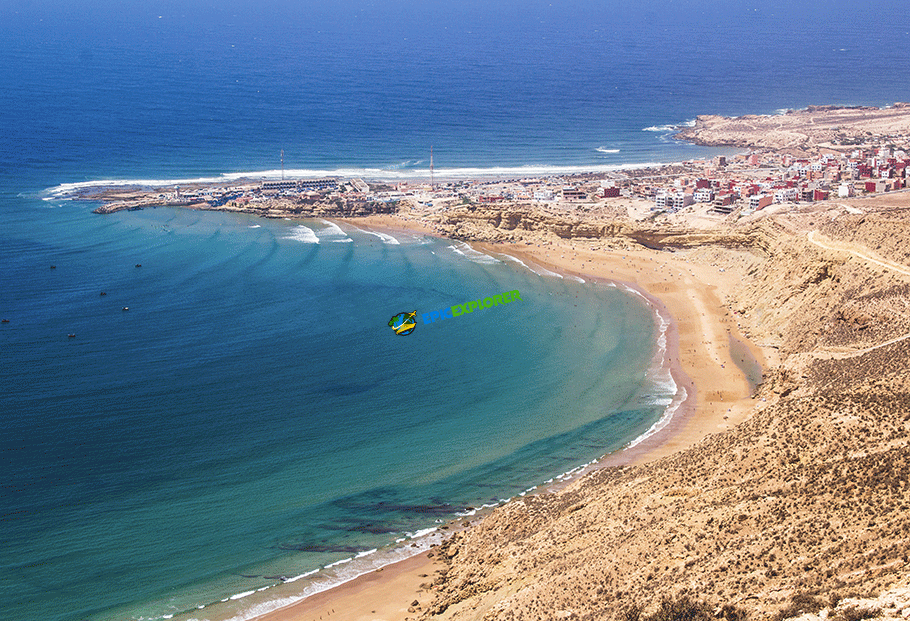
7. Agadir: Agadir, the Modern Oasis:
Rebuilt after a devastating earthquake in 1960, Agadir is a modern city on the shores of the Atlantic. The golden beaches of Agadir, stretching for miles, offer a picturesque backdrop for sun-seekers. The Kasbah, a historic fortress, provides panoramic views of the city and the ocean. The Valley of the Birds, a bird-watching paradise, showcases Agadir's commitment to preserving natural landscapes.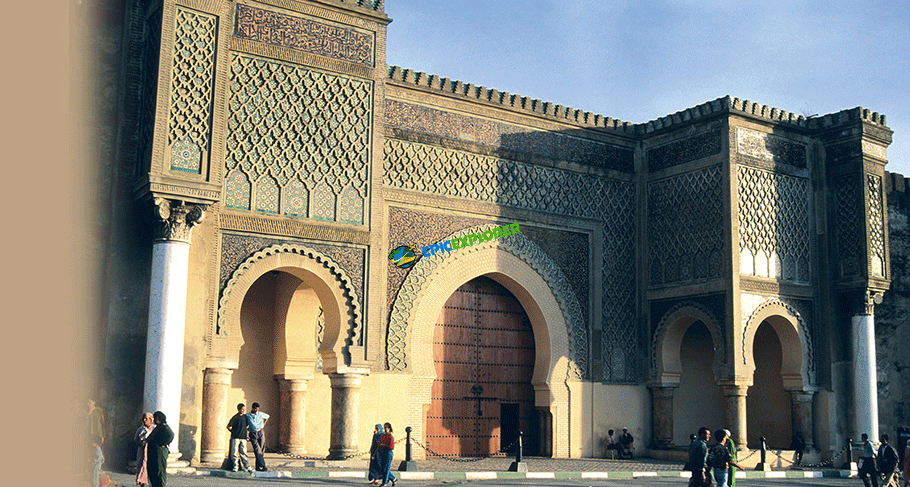
8. Meknes: Meknes, the Imperial City:
Founded in the 9th century, Meknes rose to prominence under Sultan Moulay Ismail in the 17th century. The Royal Stables, an expansive complex, once housed thousands of horses. The Bab Mansour gate, an architectural masterpiece, serves as the grand entrance to the city. The Moulay Ismail Mausoleum, adorned with intricate tilework, stands as a testament to Meknes's imperial grandeur.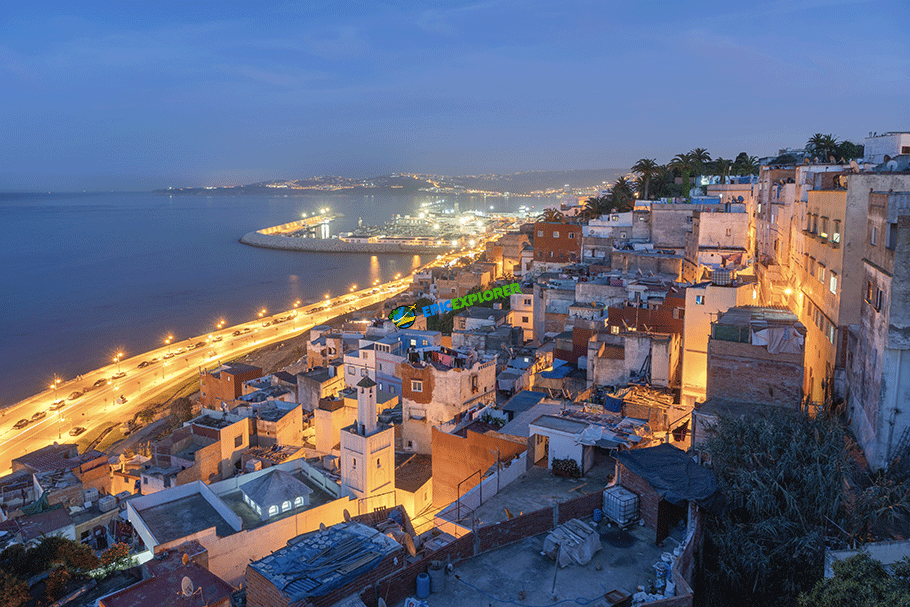
9. Tangier: Tangier, the Gateway to Africa:
Situated at the northern tip of Morocco, Tangier has been a strategic gateway between Africa and Europe. The historic Kasbah, perched atop a hill, provides panoramic views of the Strait of Gibraltar. The American Legation Museum, a diplomatic outpost, reflects Tangier's international significance. Cap Spartel, where the Atlantic meets the Mediterranean, offers breathtaking coastal vistas.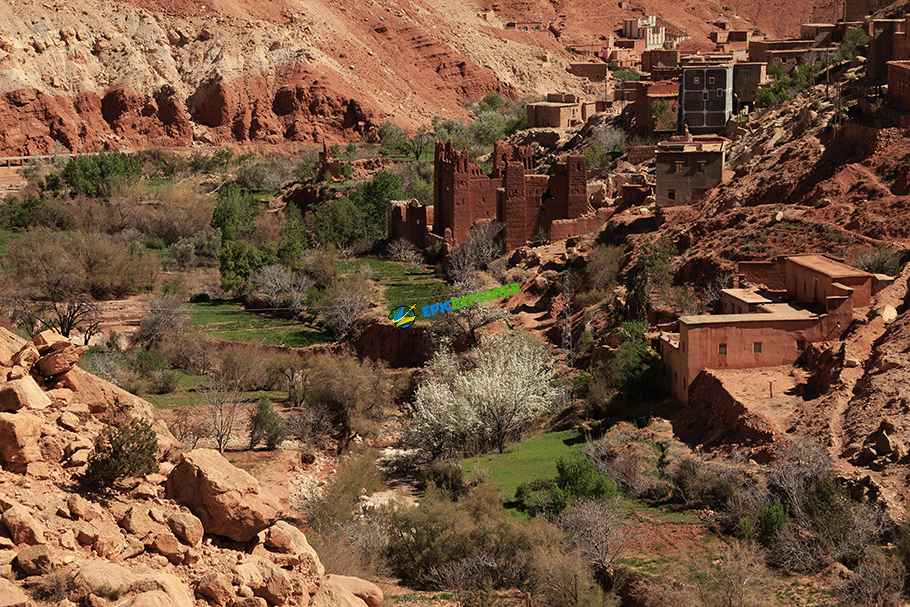
10. Ouarzazate: Ouarzazate, the Door of the Desert:
Located at the gateway to the Sahara Desert, Ouarzazate is a city steeped in cinematic history. Ait Benhaddou, a fortified village nearby, has served as the backdrop for numerous films and TV shows. The Atlas Film Studios, one of the world's largest film studios, invites visitors to explore movie sets. Ouarzazate's proximity to the desert makes it a starting point for unforgettable desert excursions.
How to Reach from Delhi and Time Taken: To embark on a journey to Morocco from Delhi, travelers can take connecting flights to major airports such as Mohammed V International Airport in Casablanca or Marrakech Menara Airport. 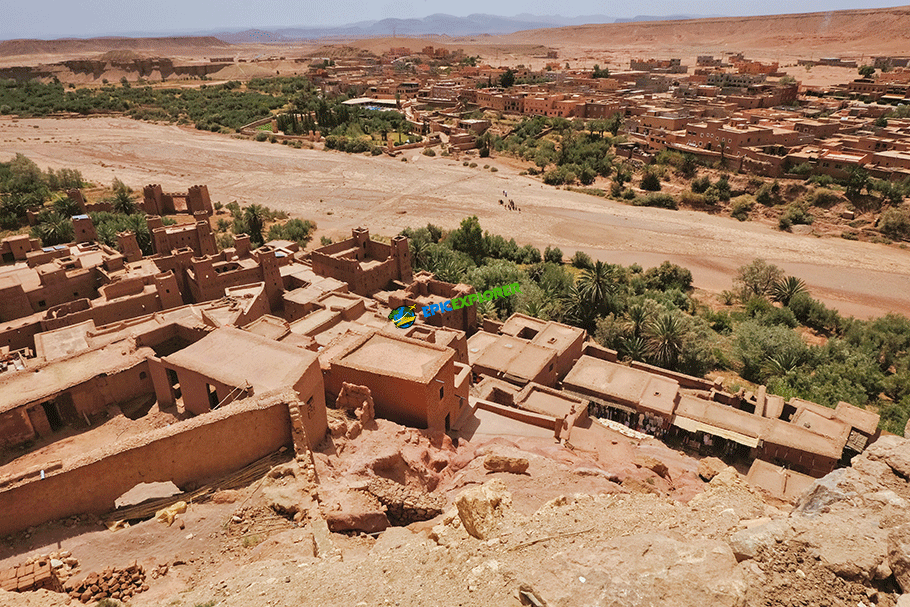
Flight durations may vary depending on the specific route and layovers, typically ranging from 12 to 16 hours. Delhi's Indira Gandhi International Airport offers a multitude of flight options, ensuring convenient connectivity for those eager to explore the enchanting cities of Morocco.

